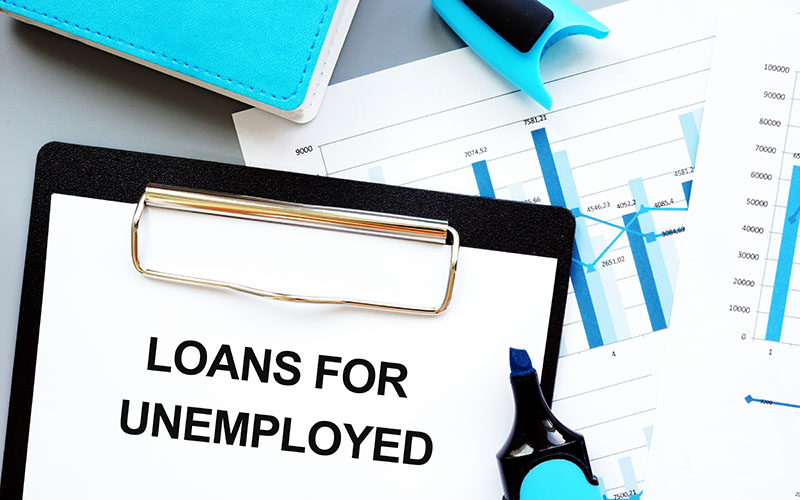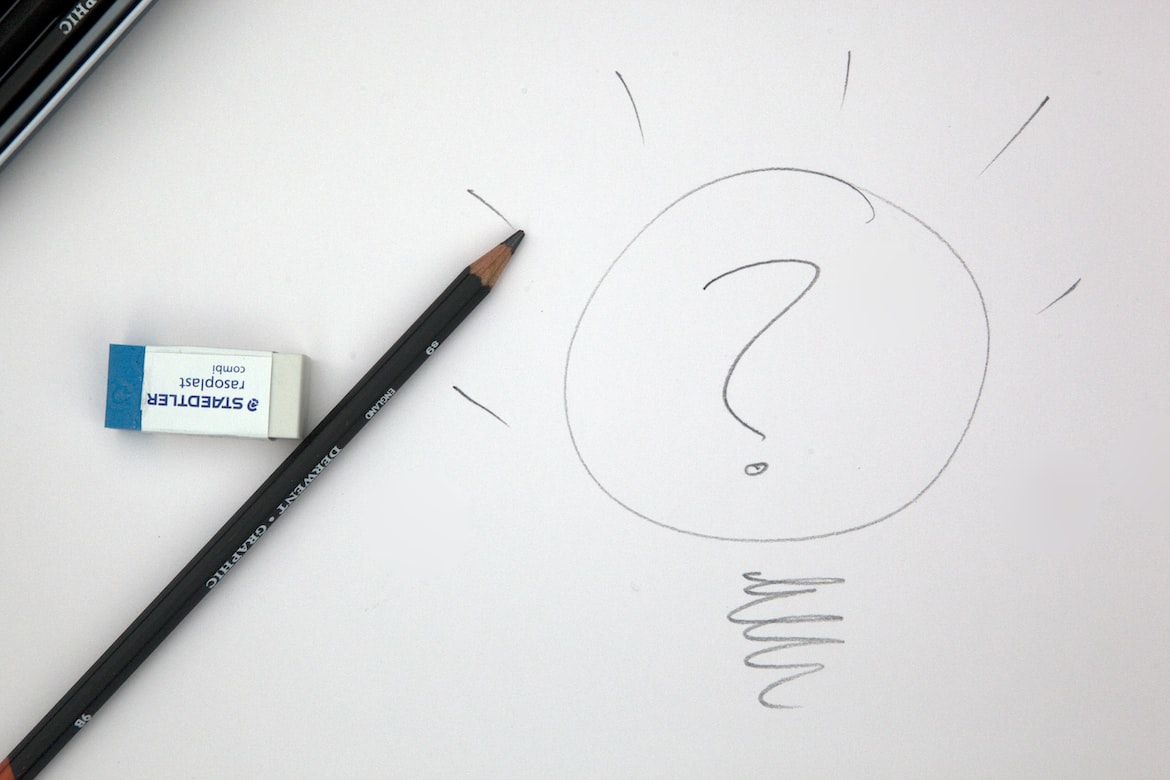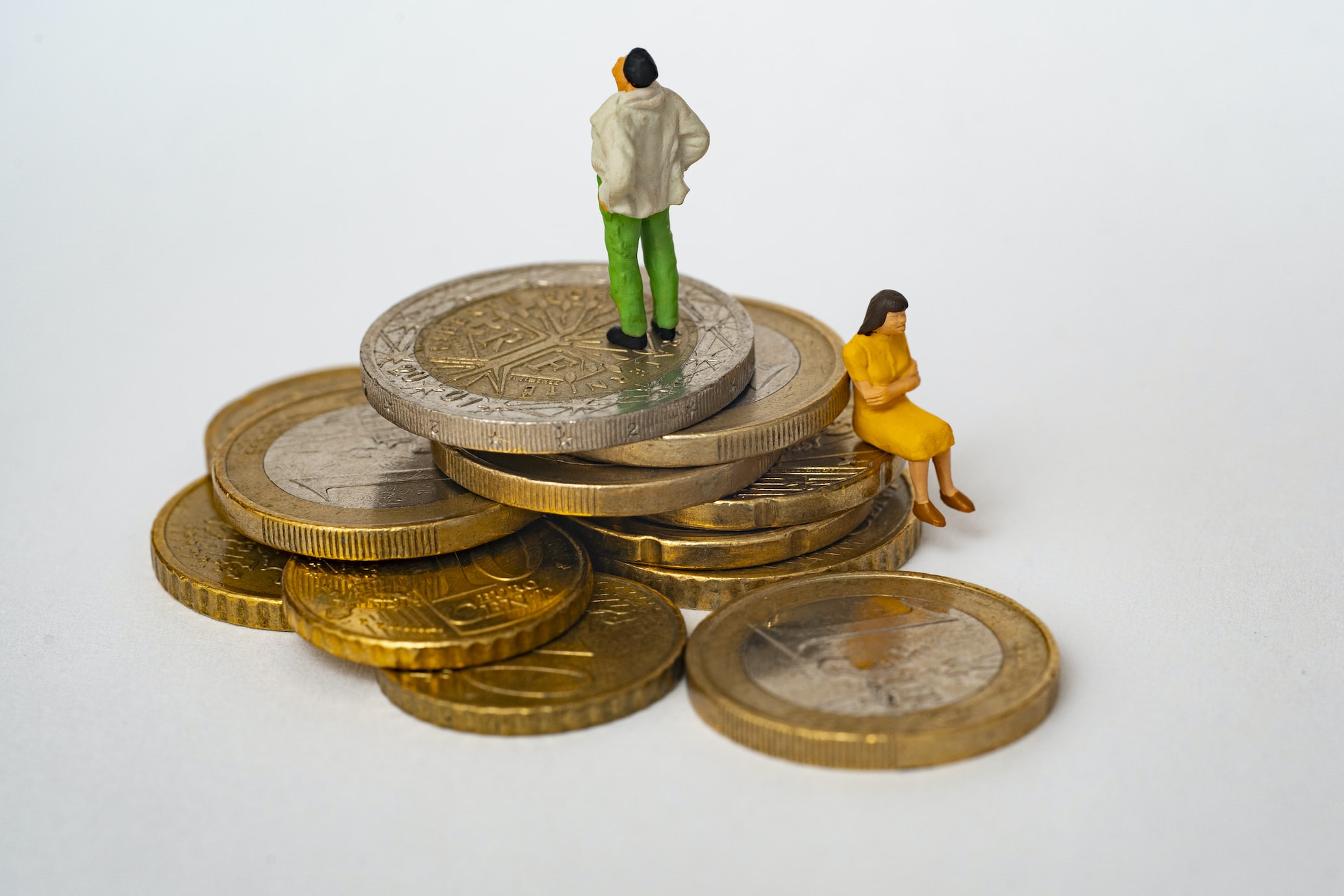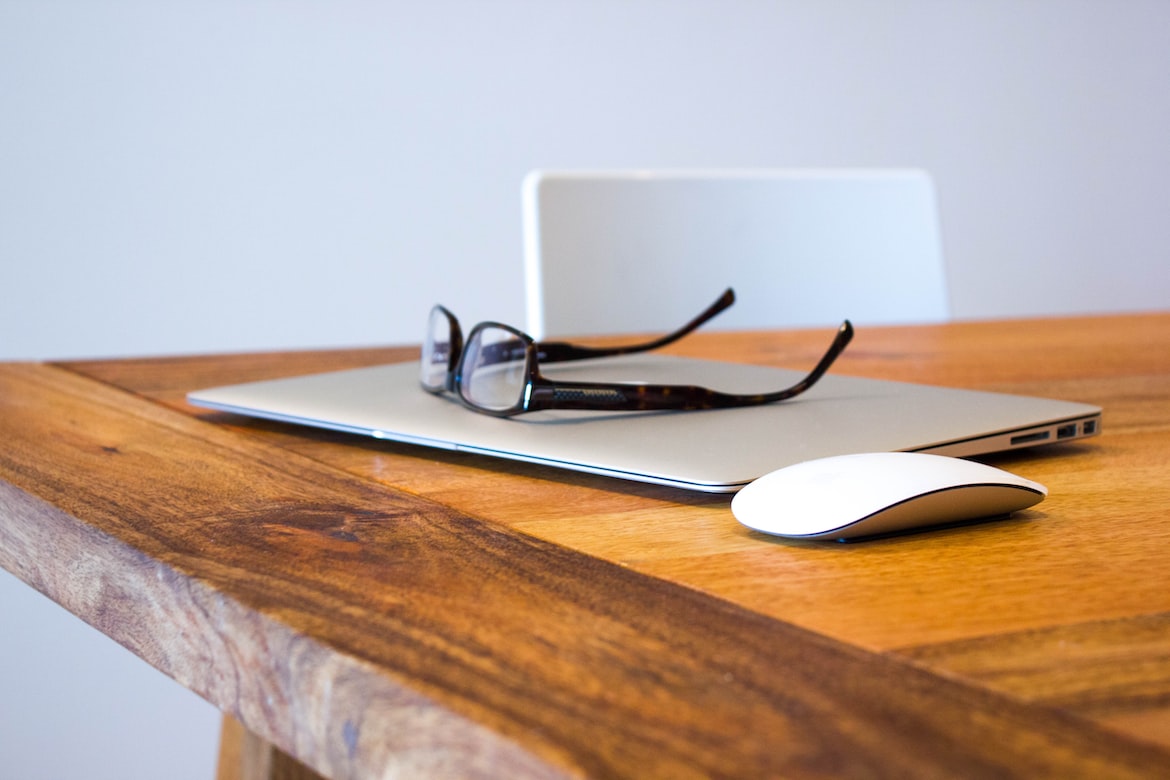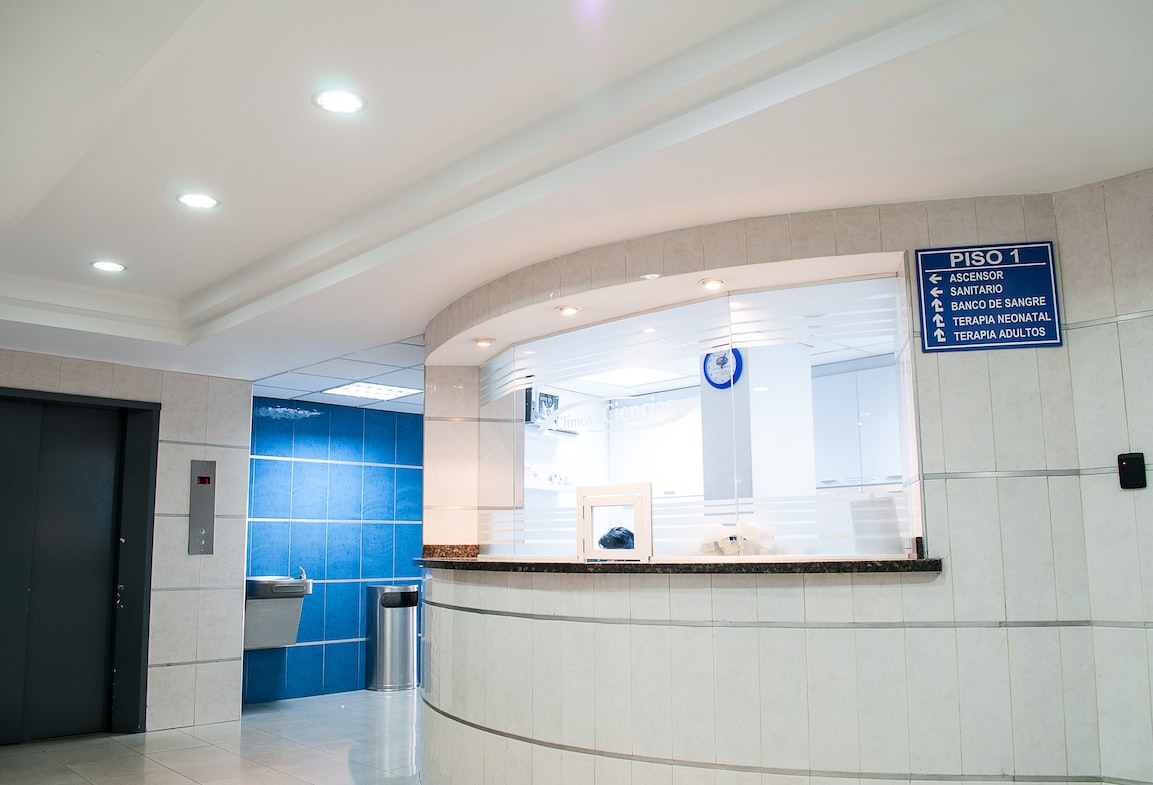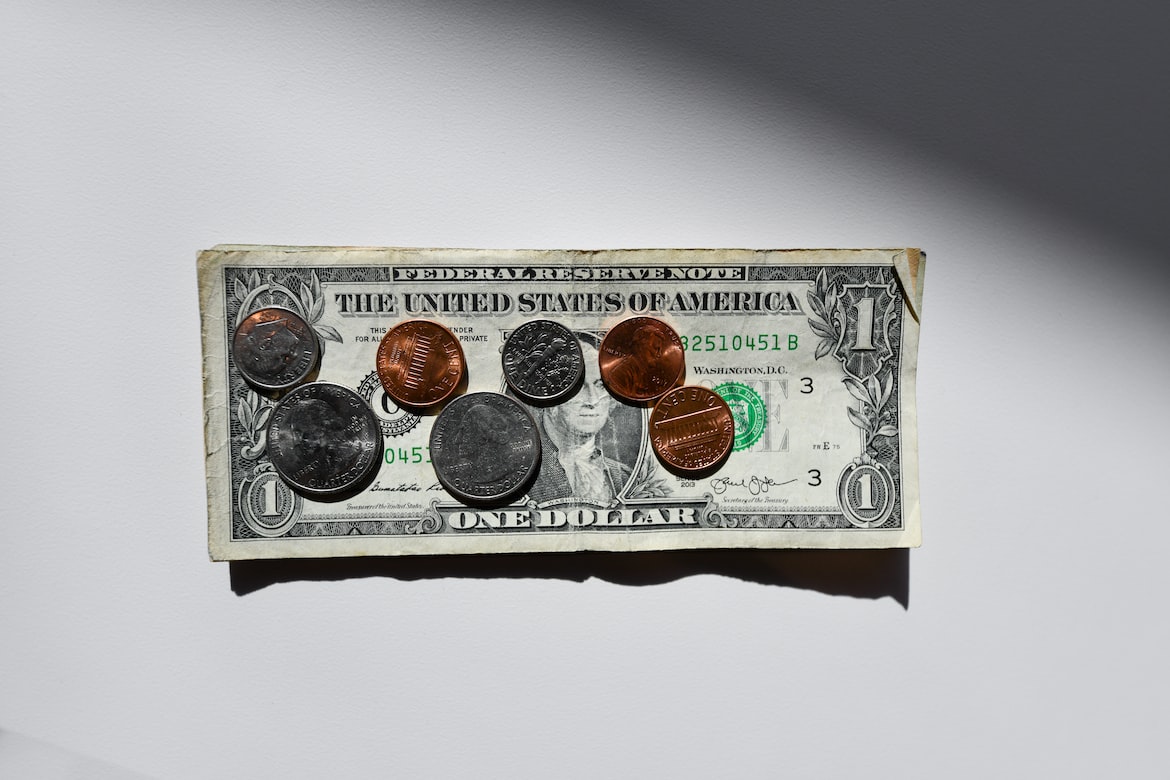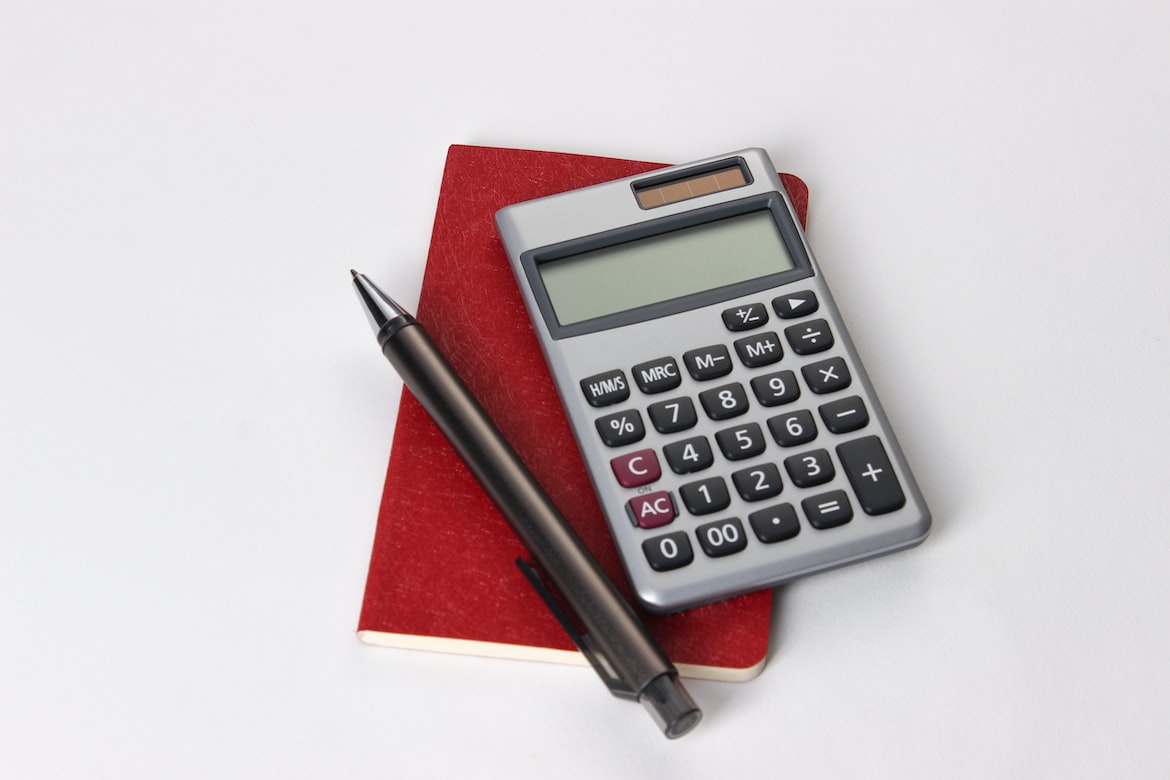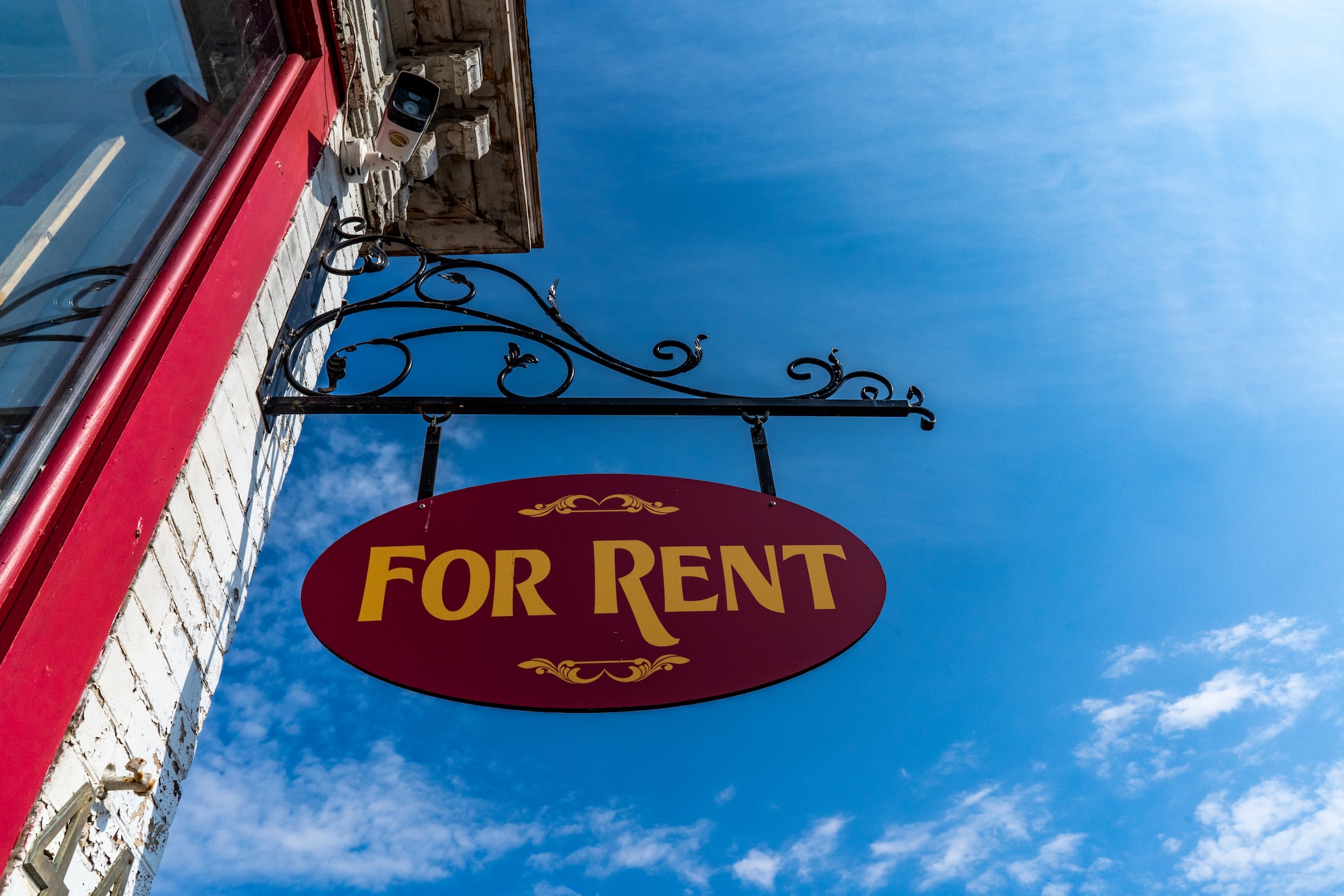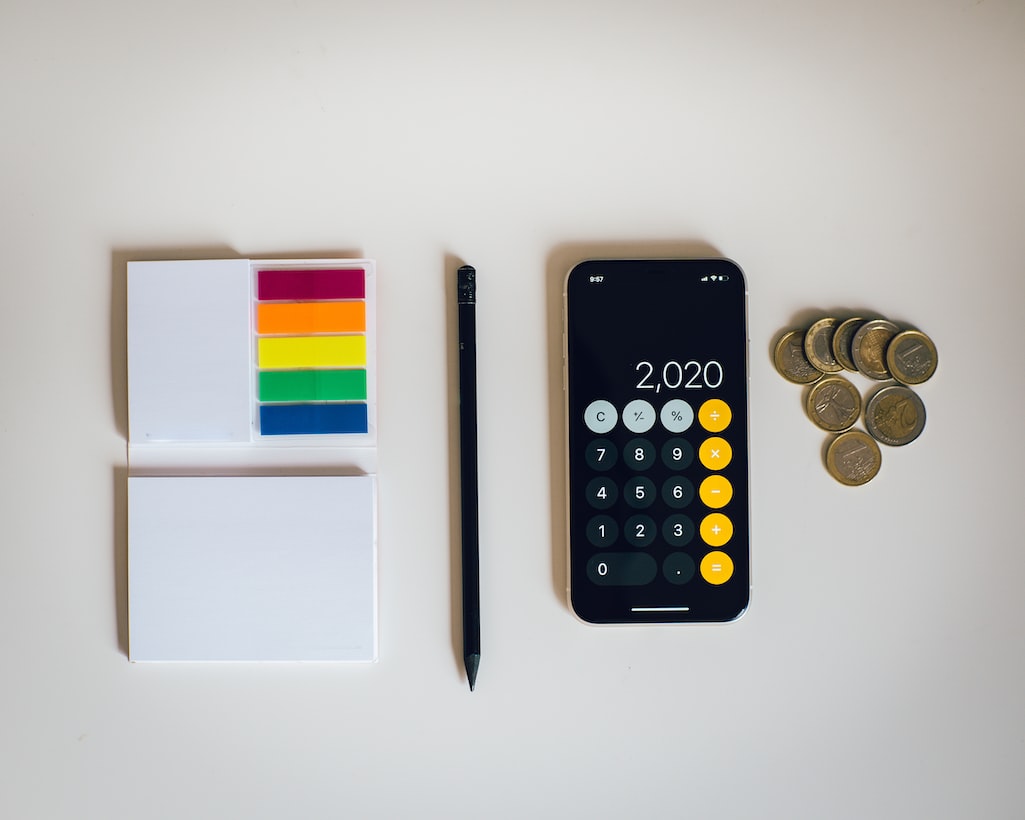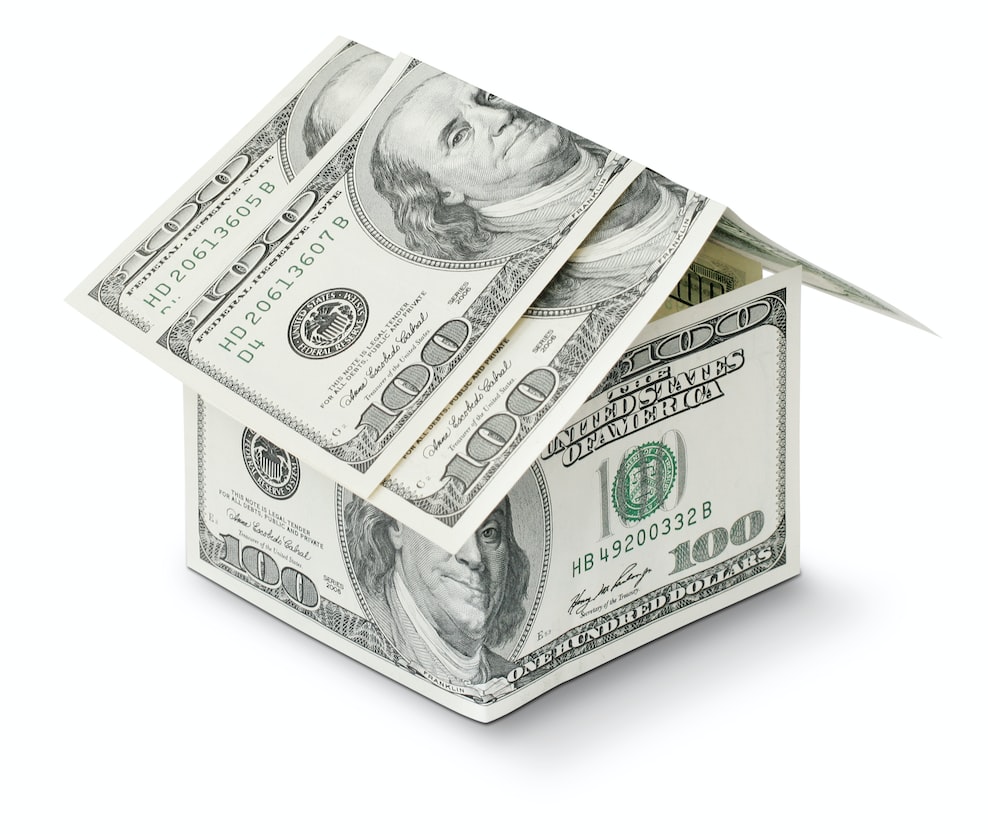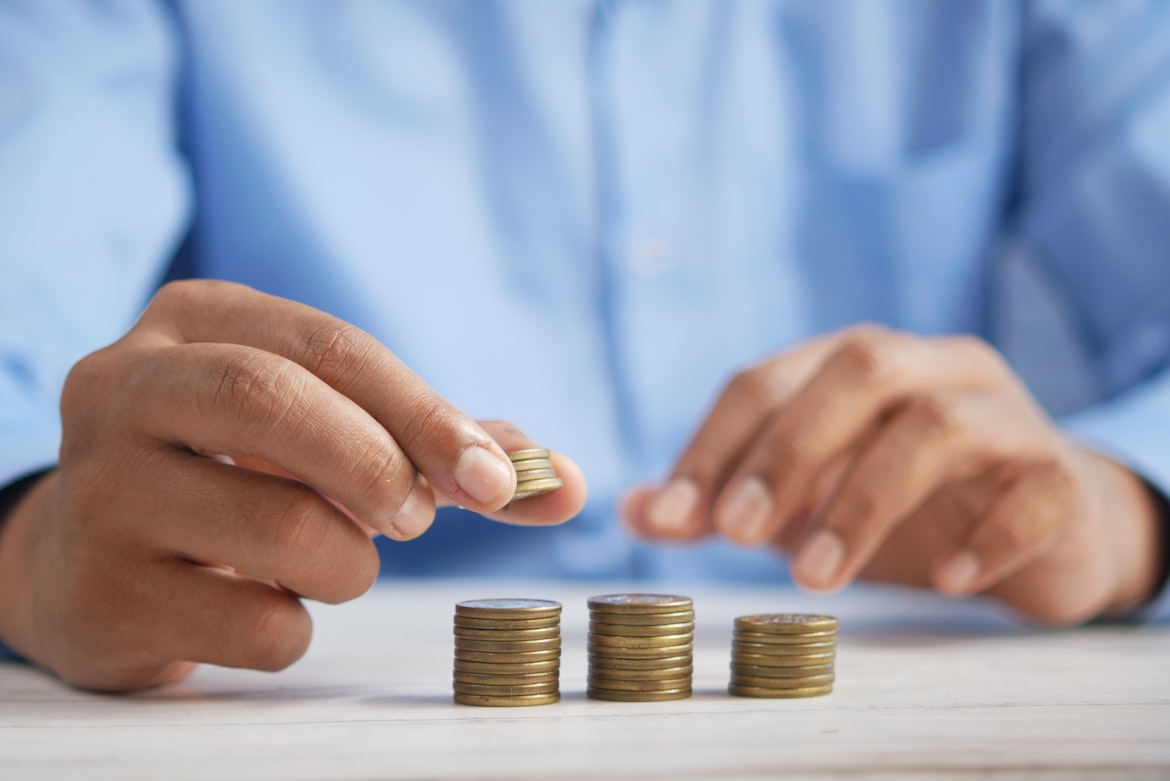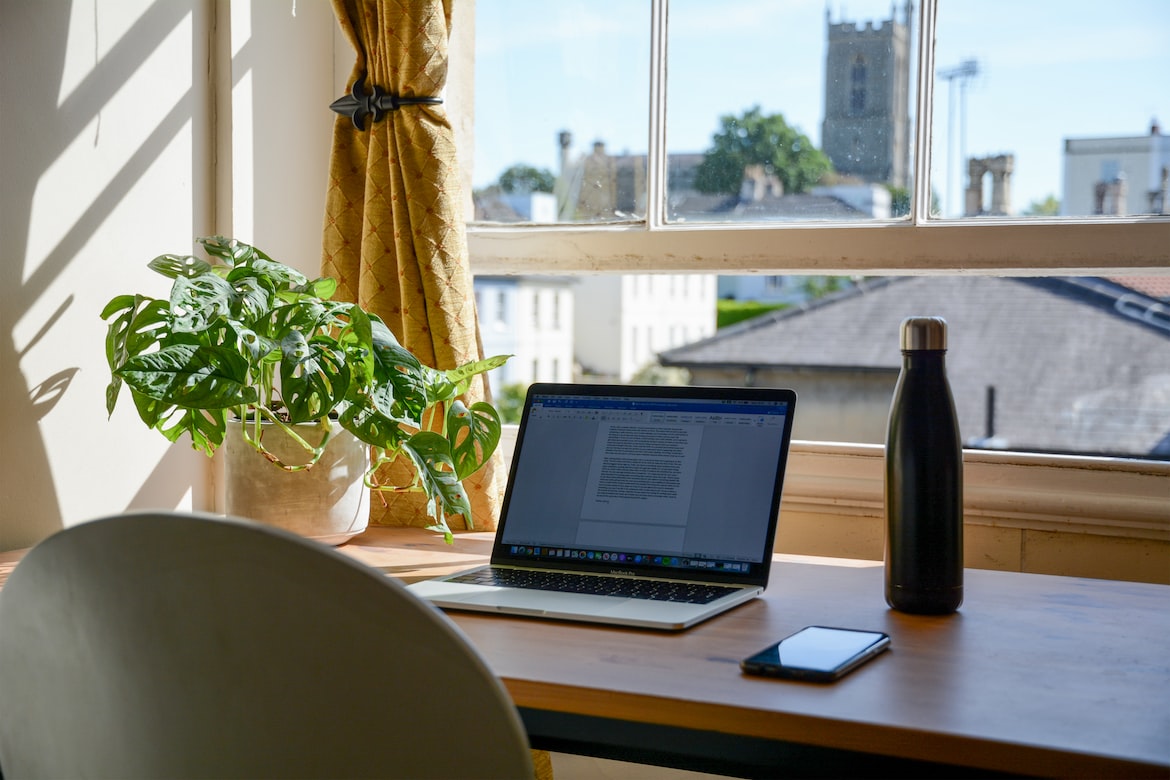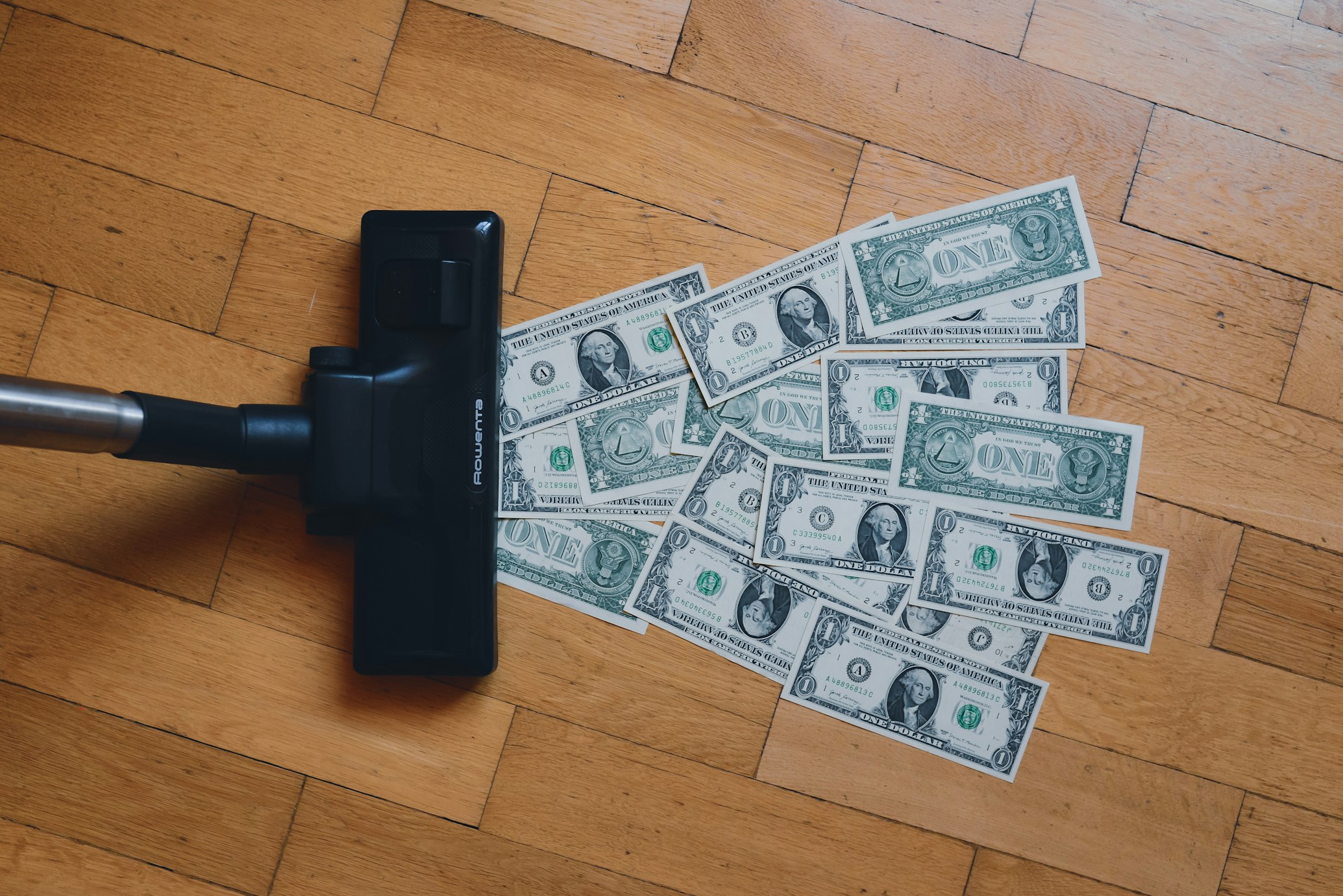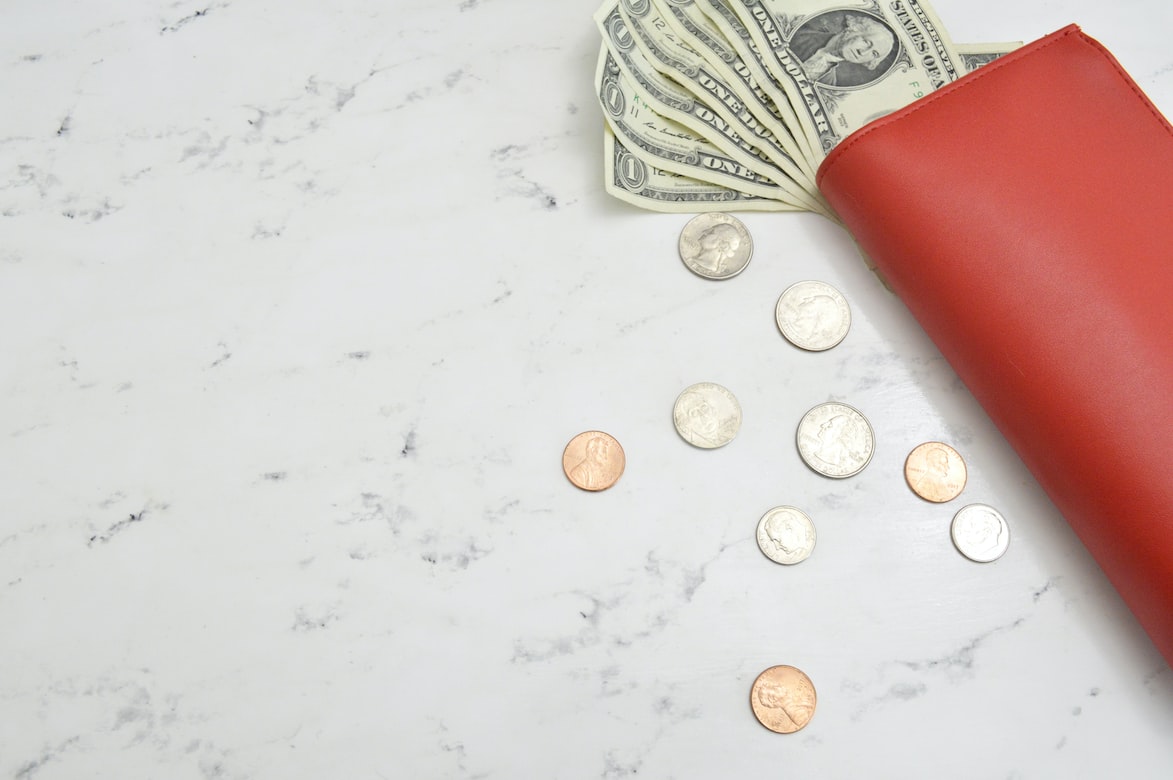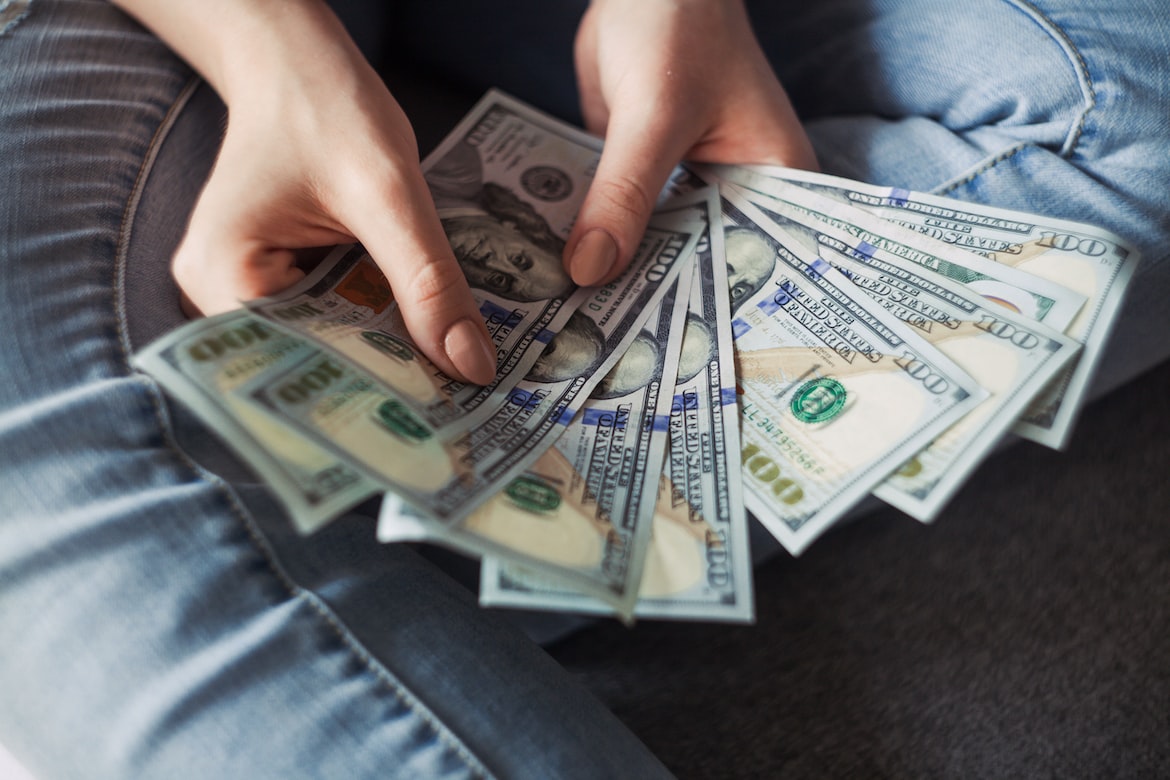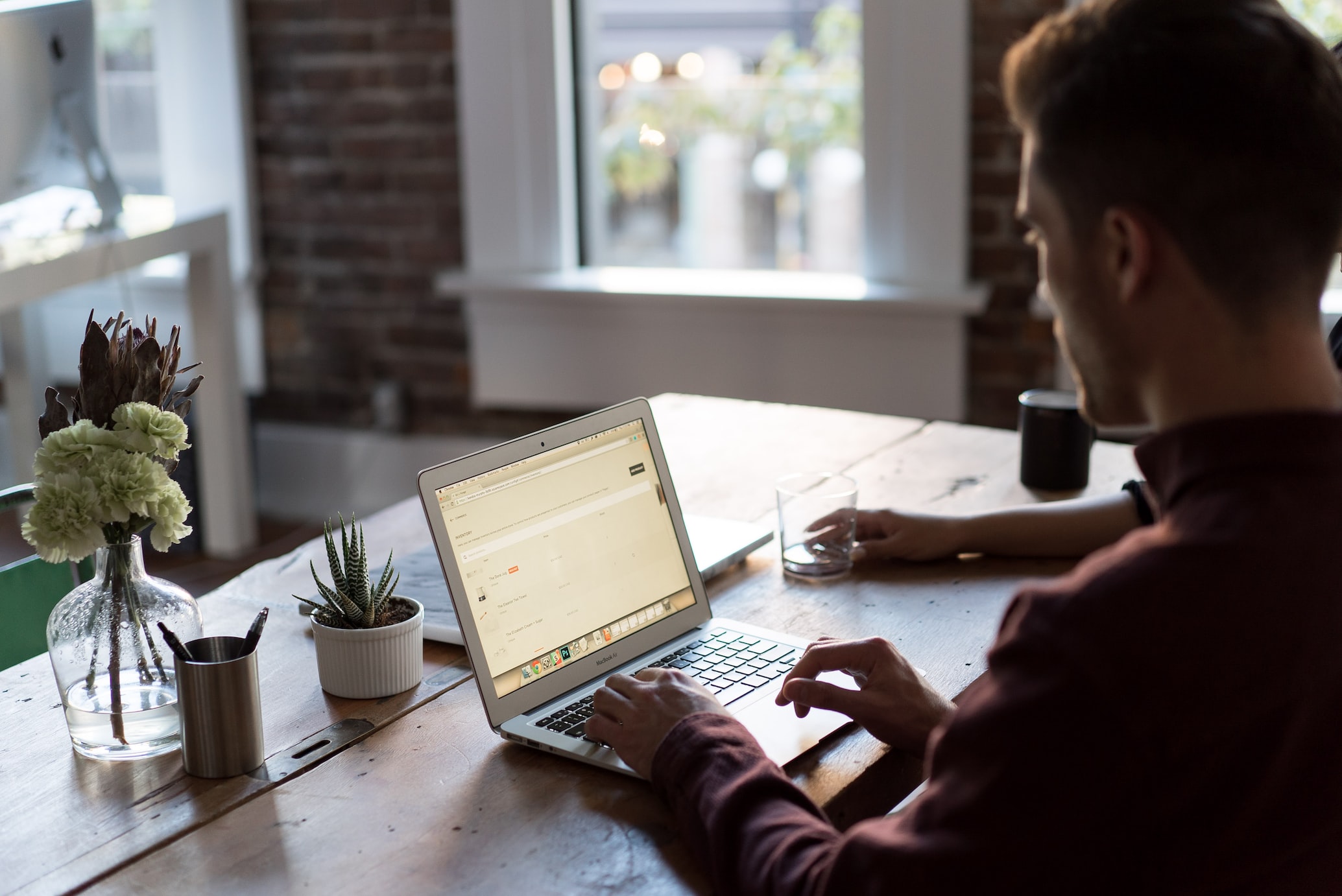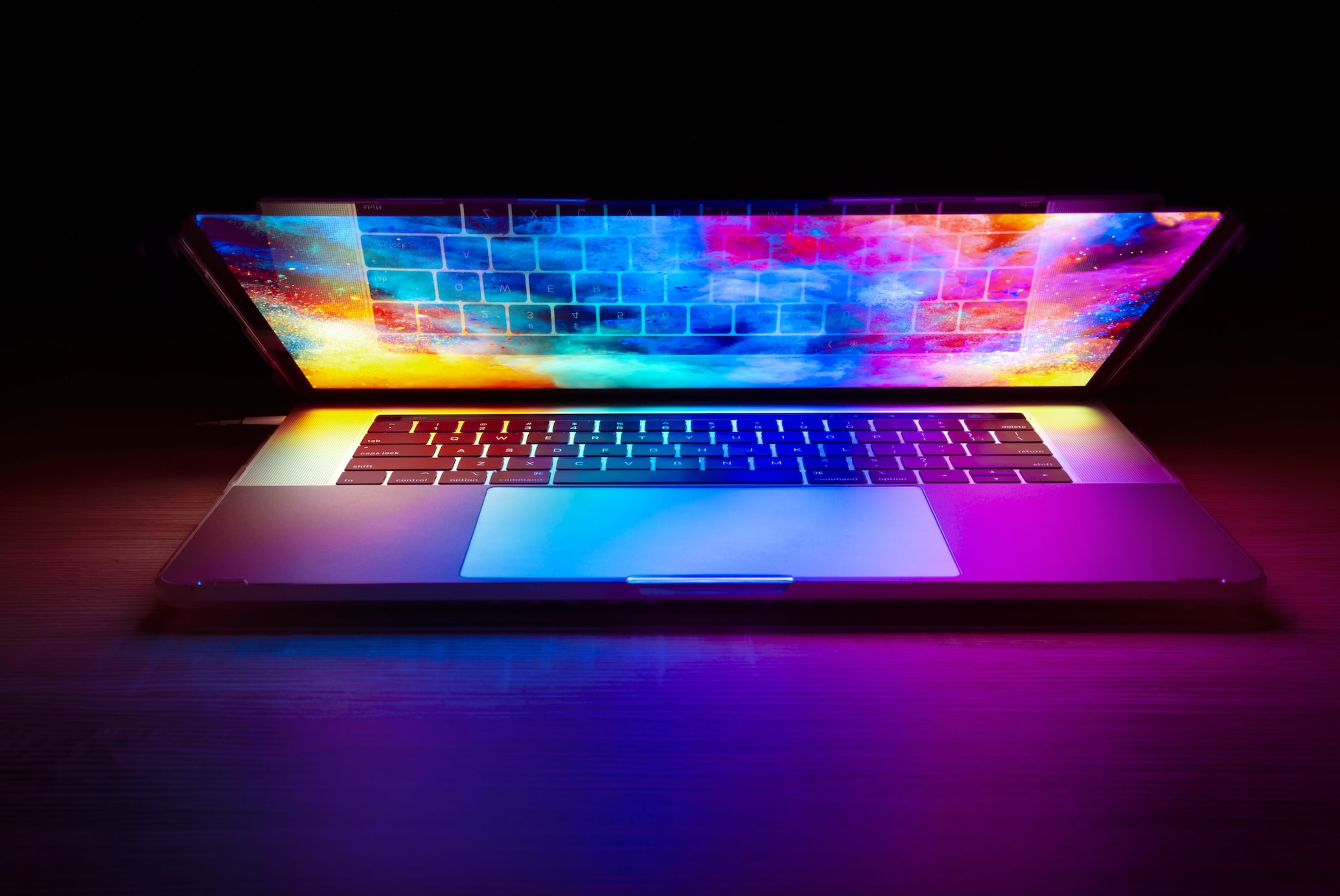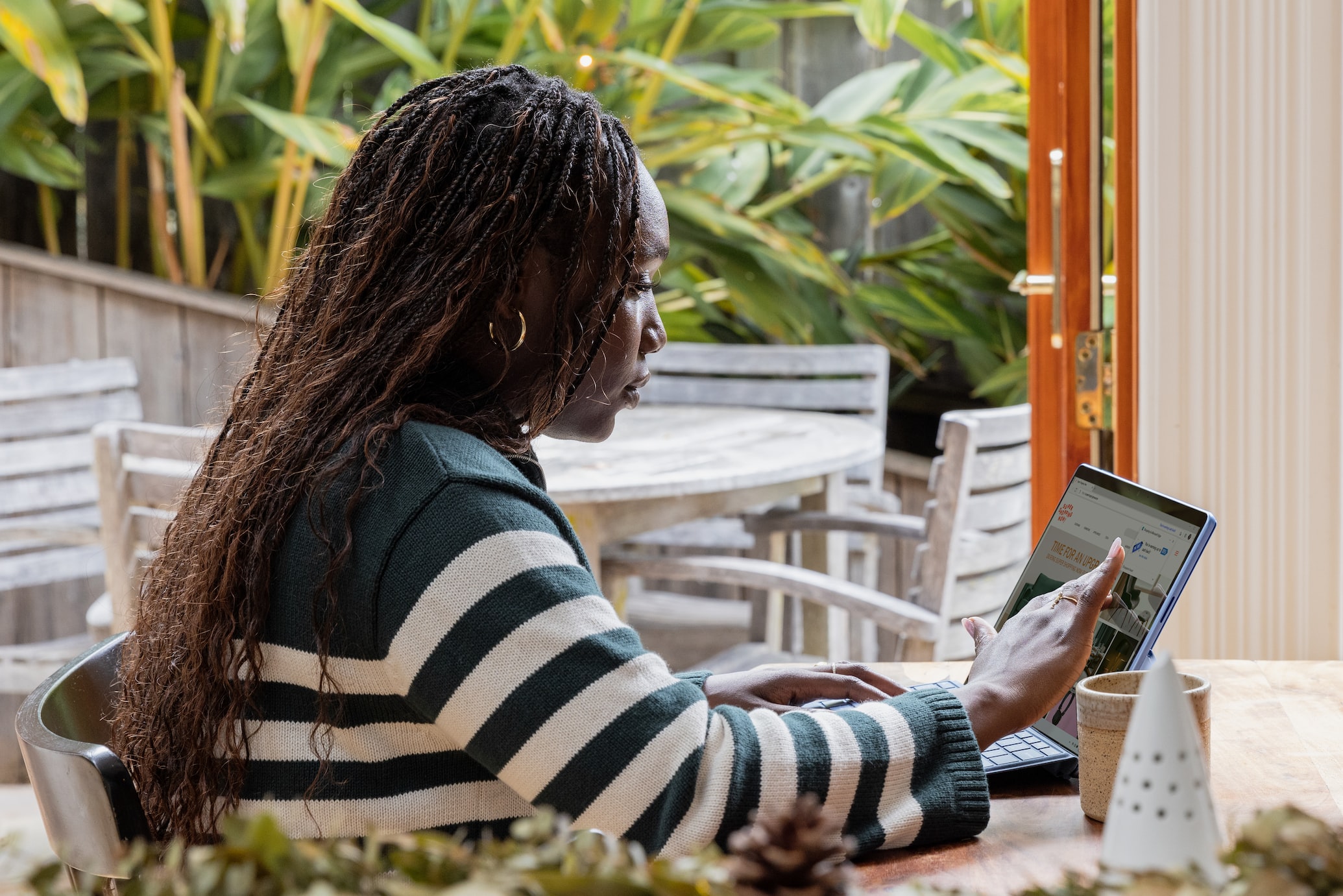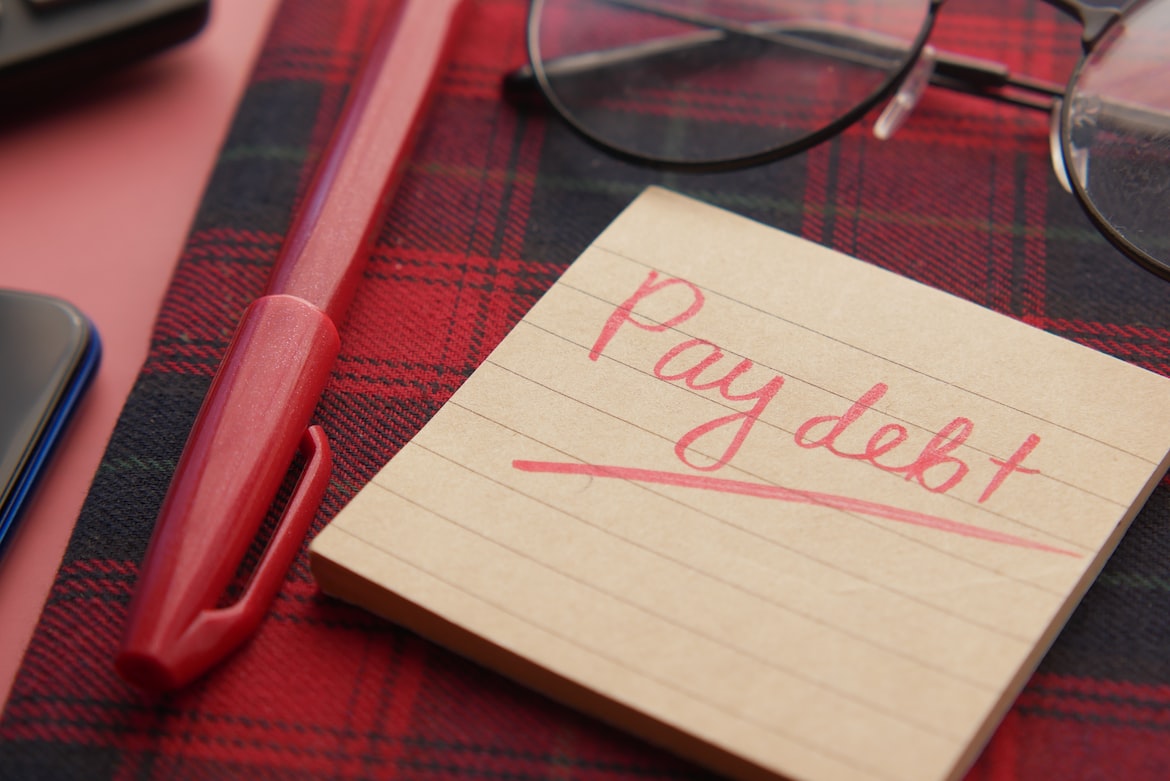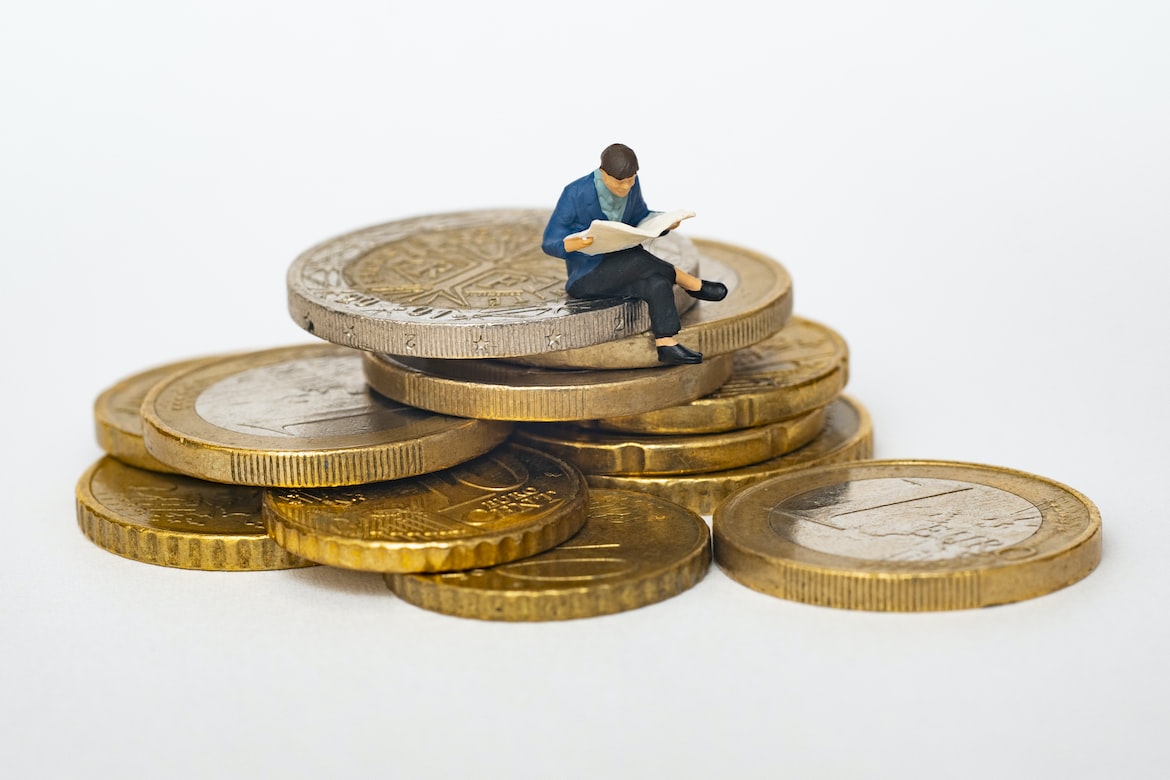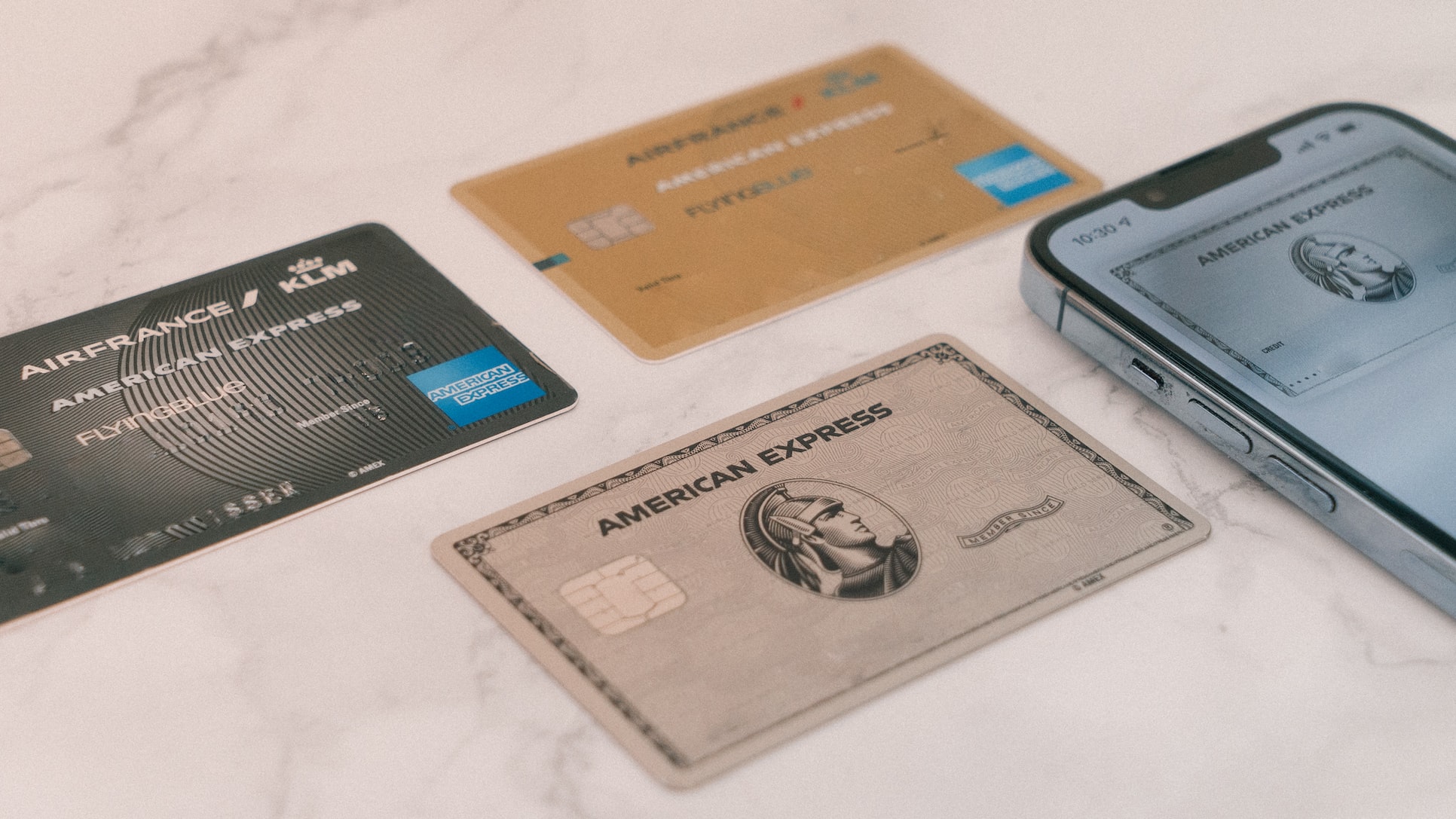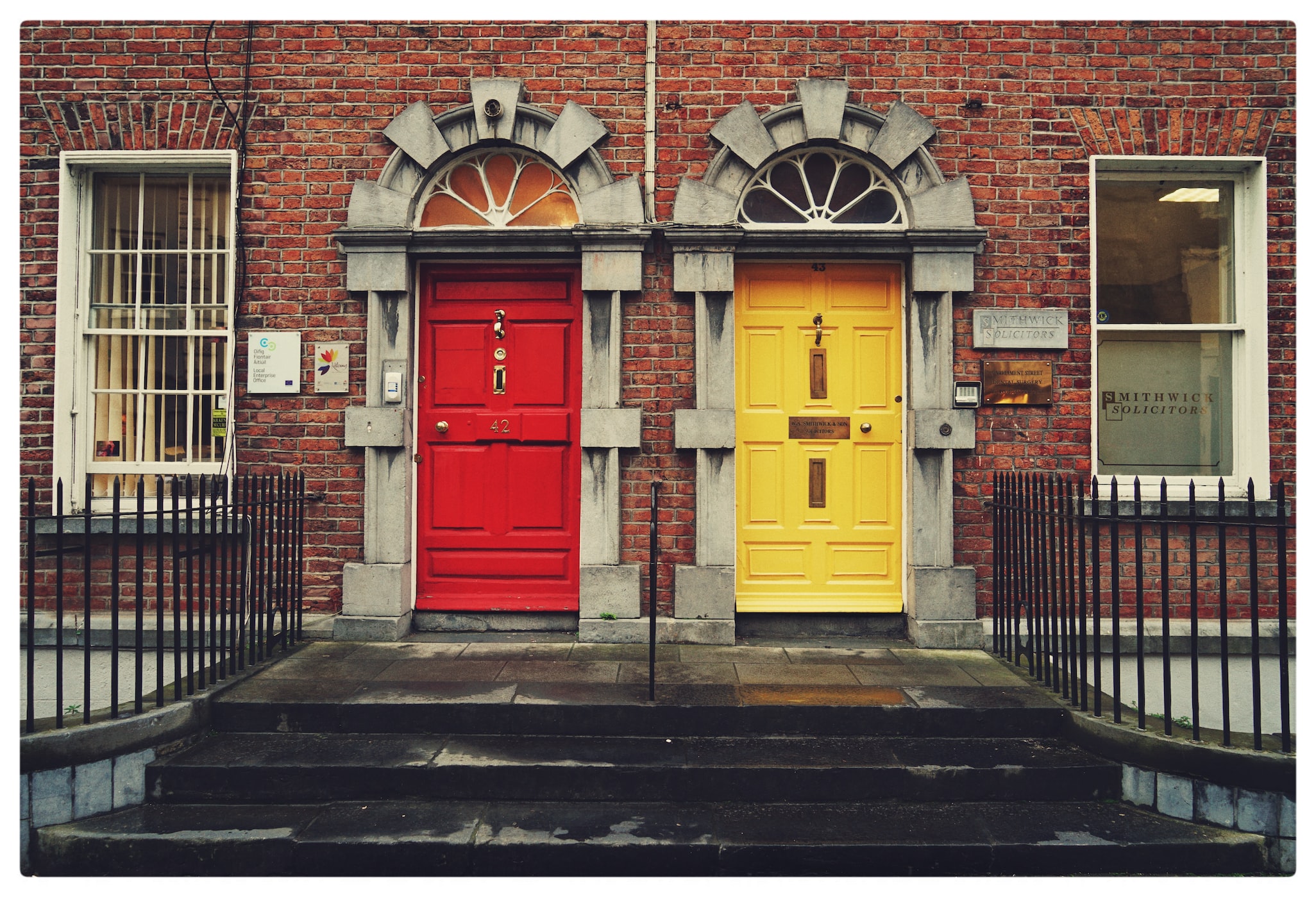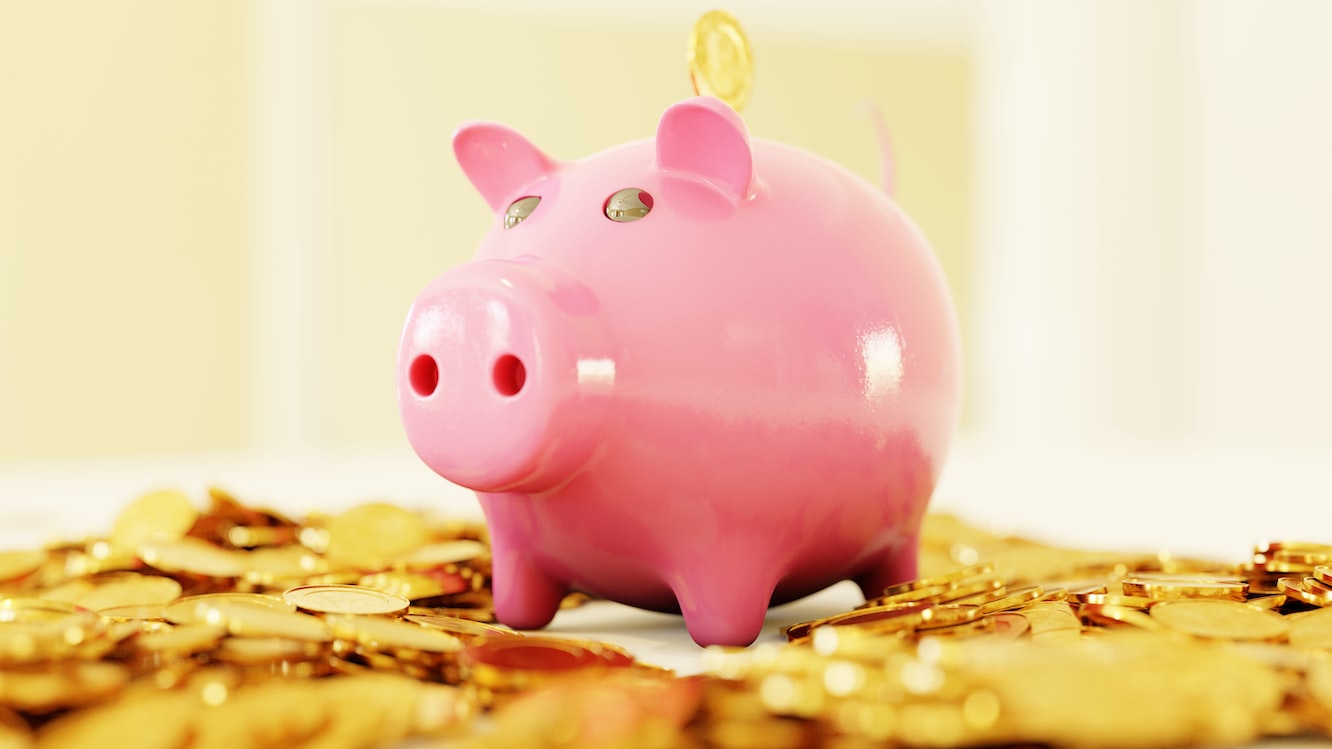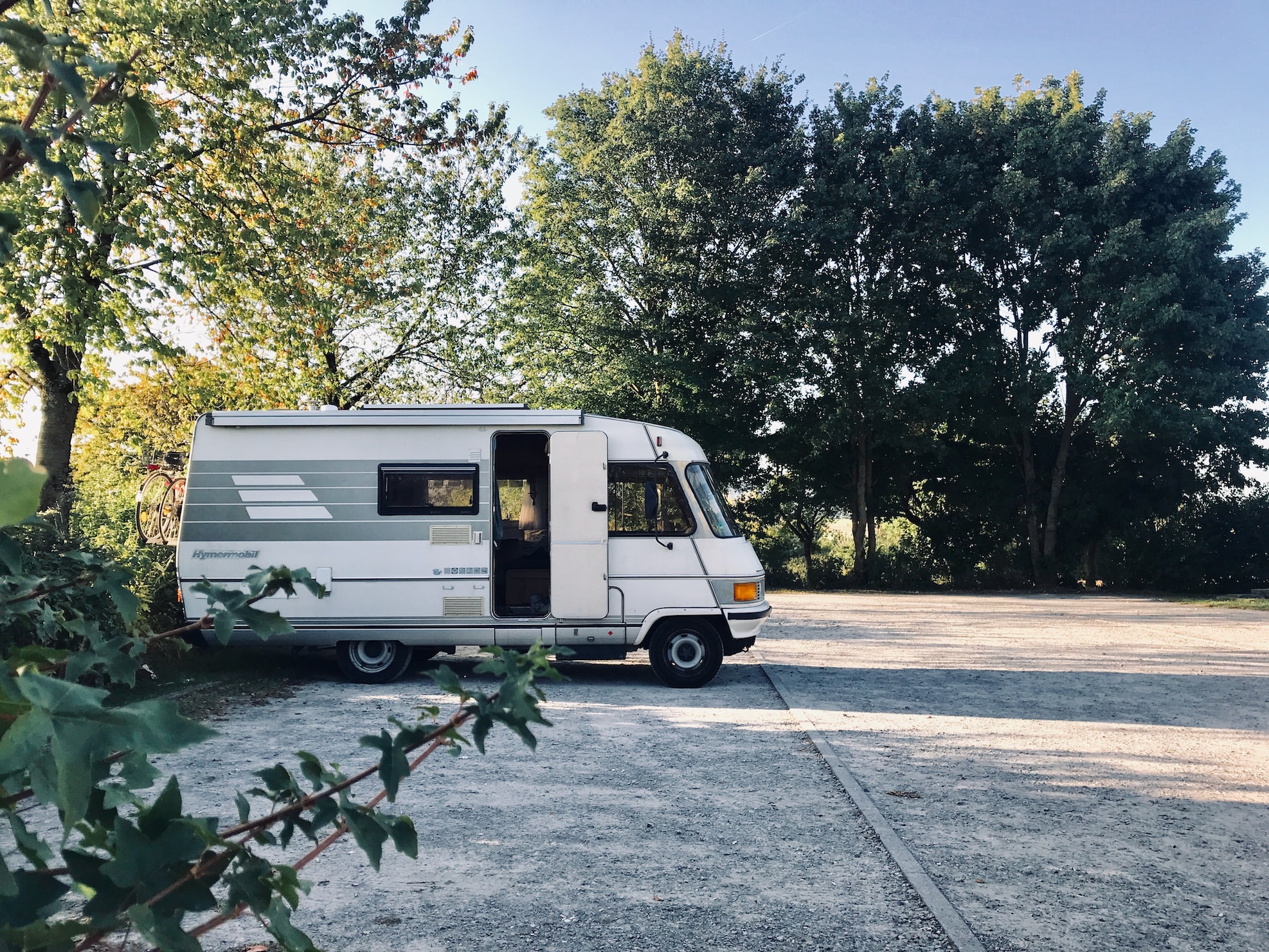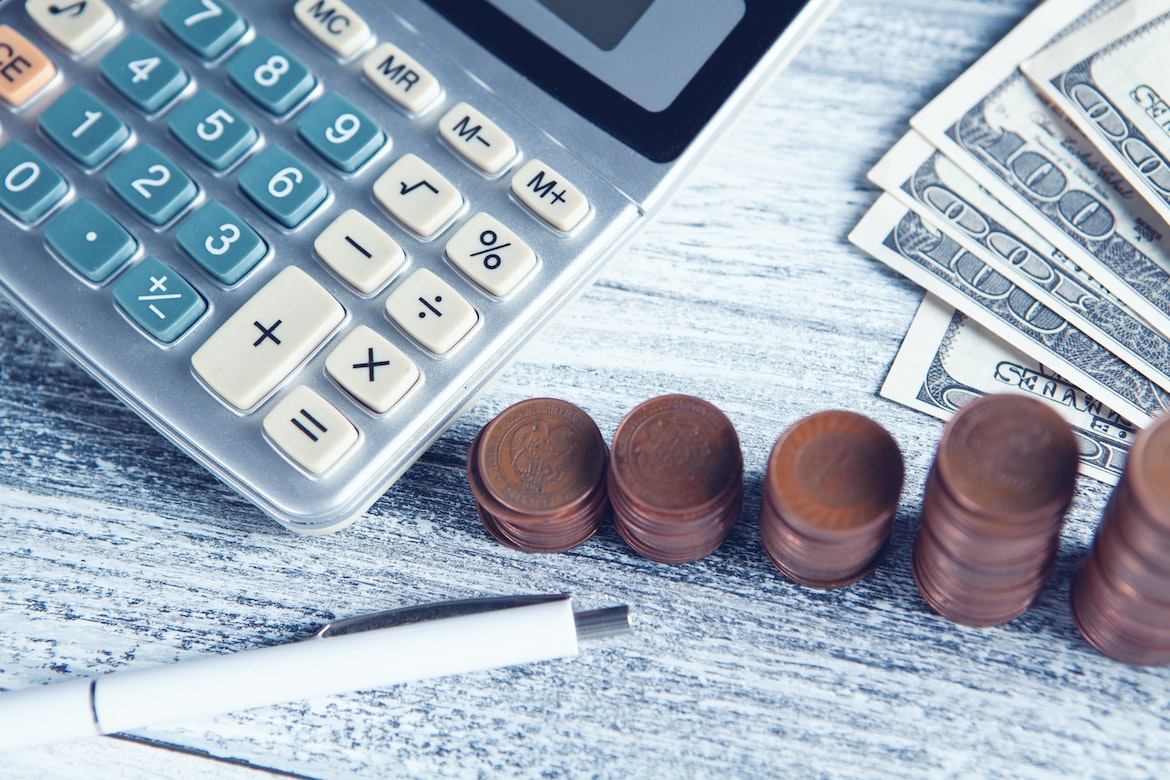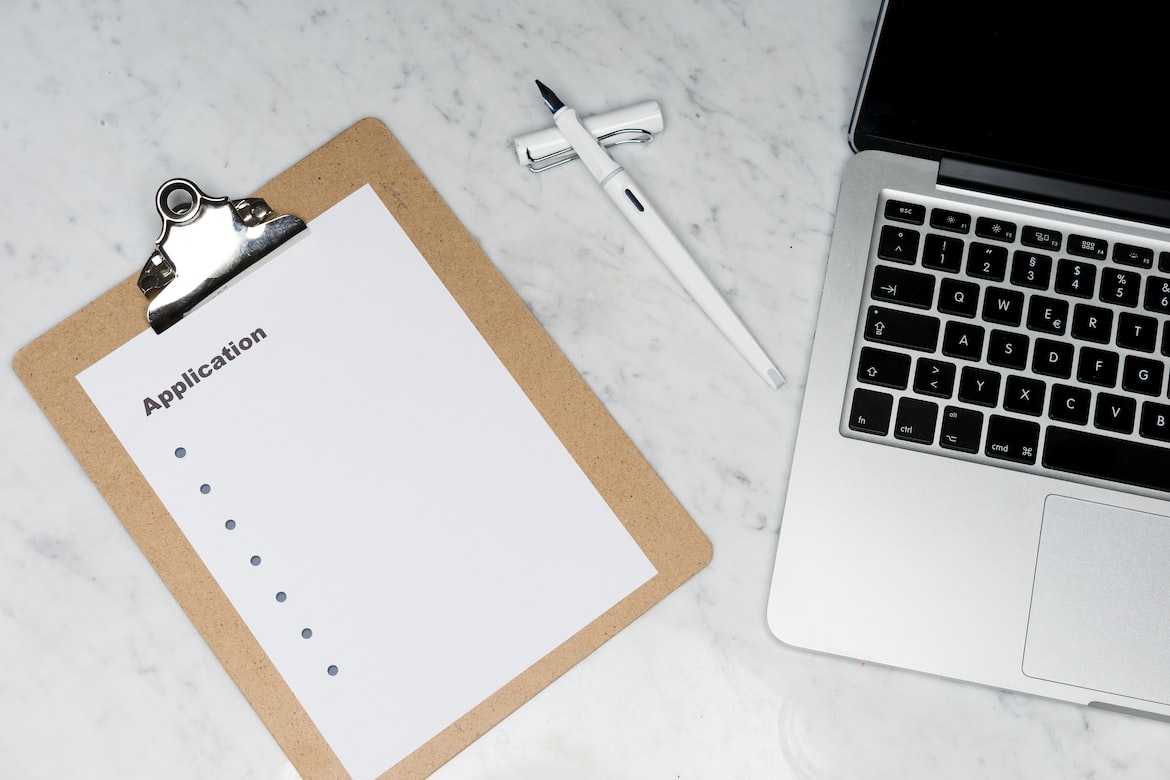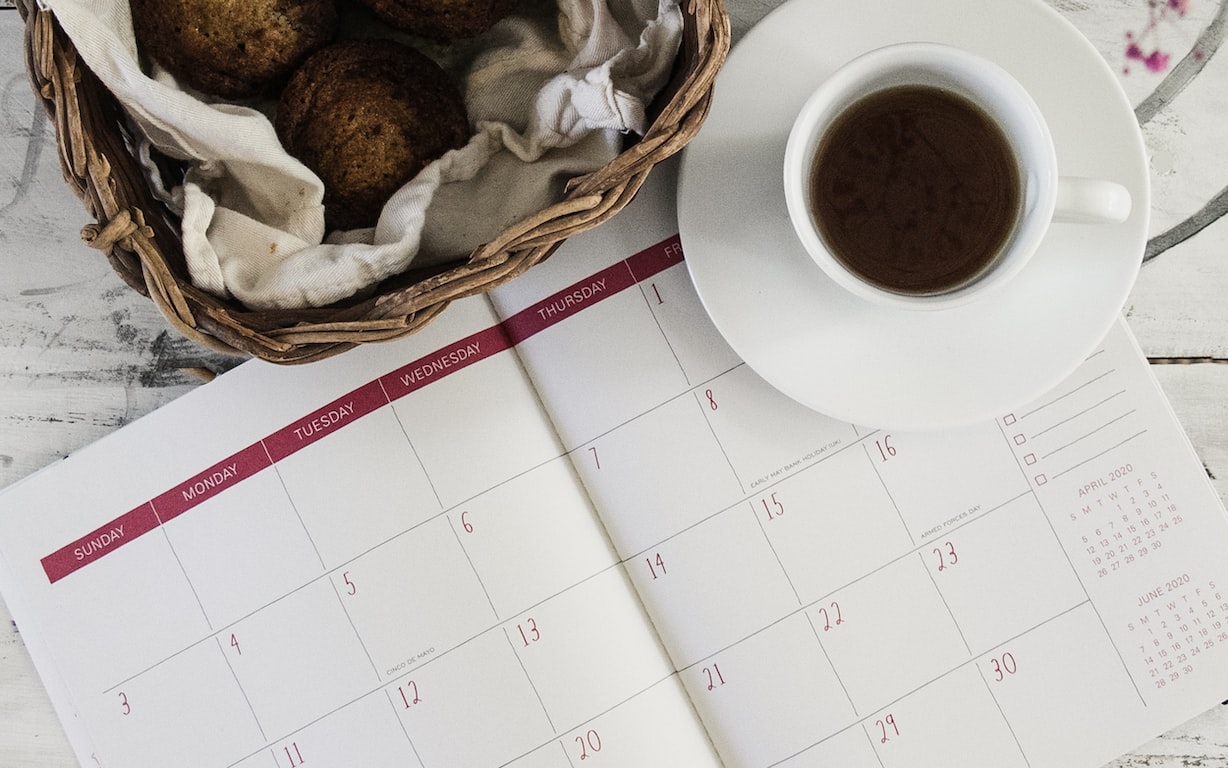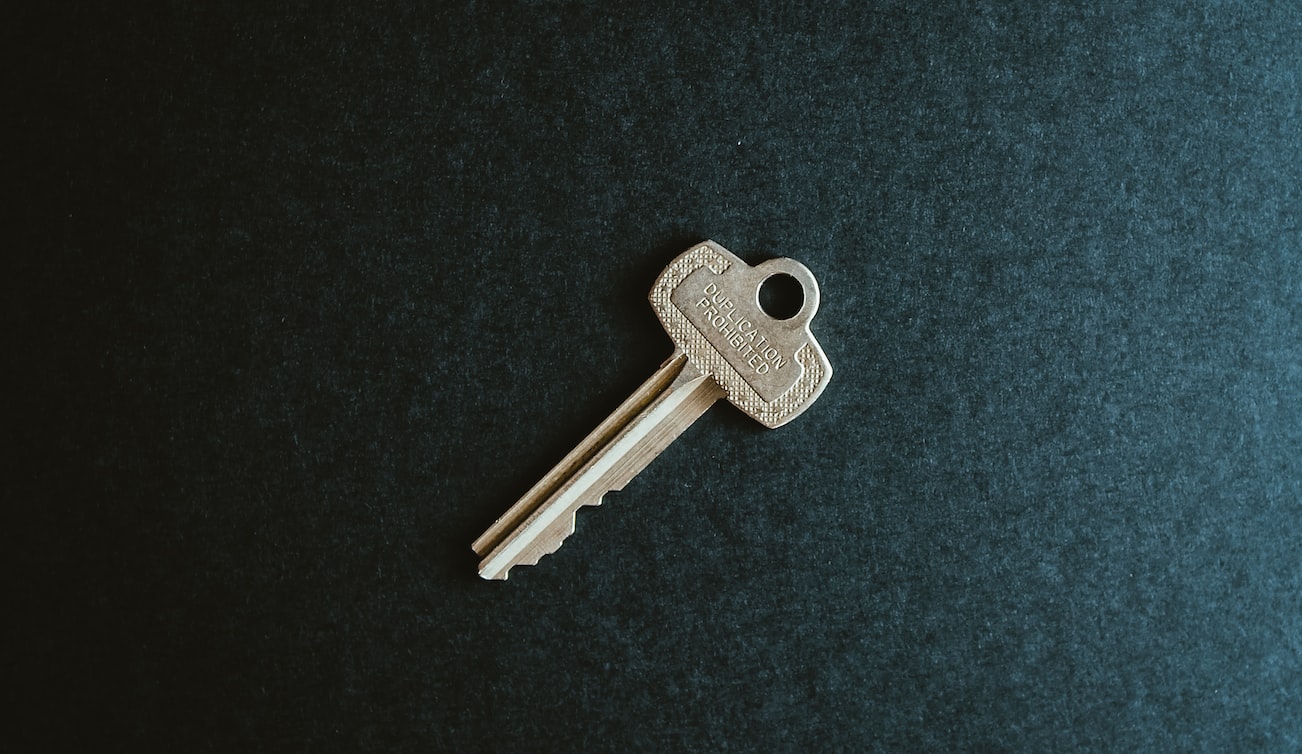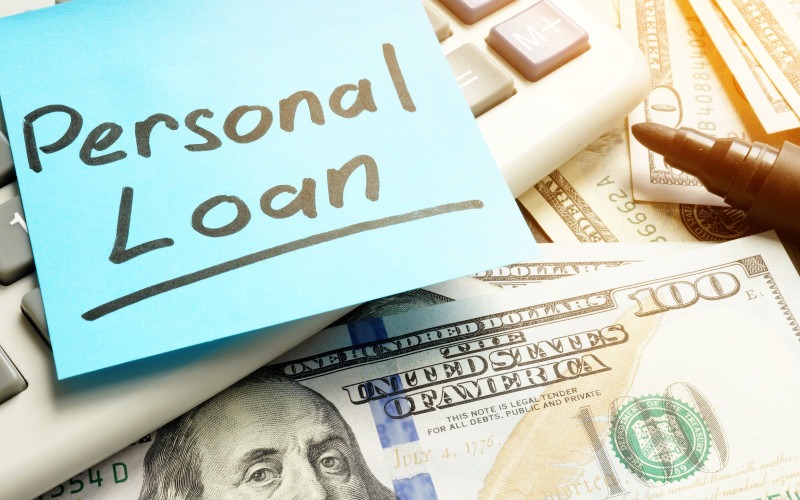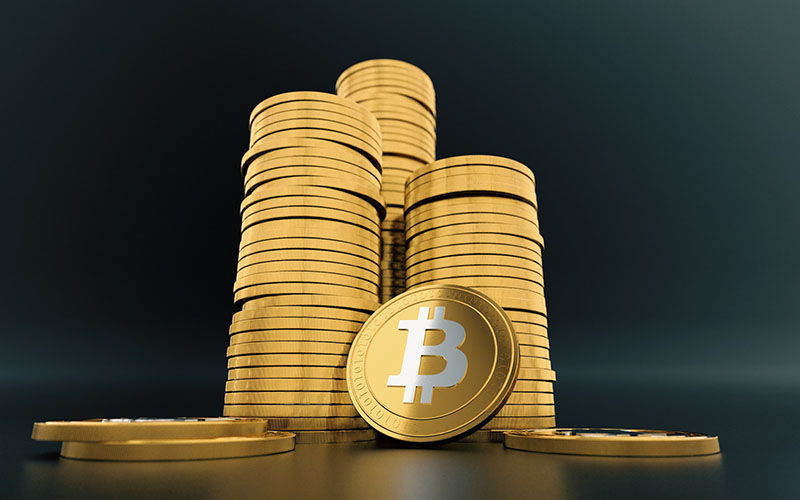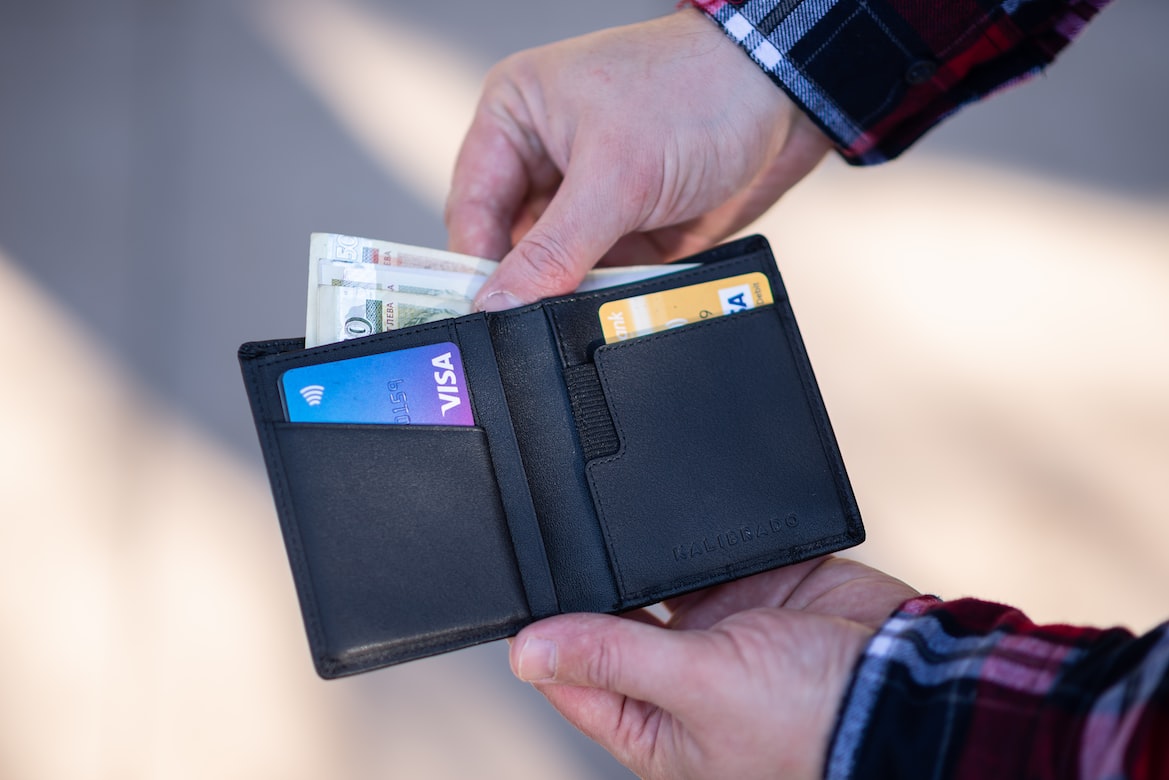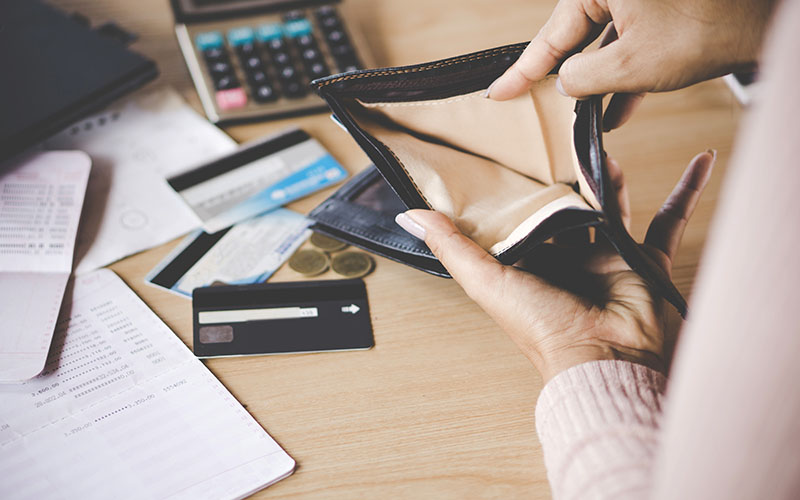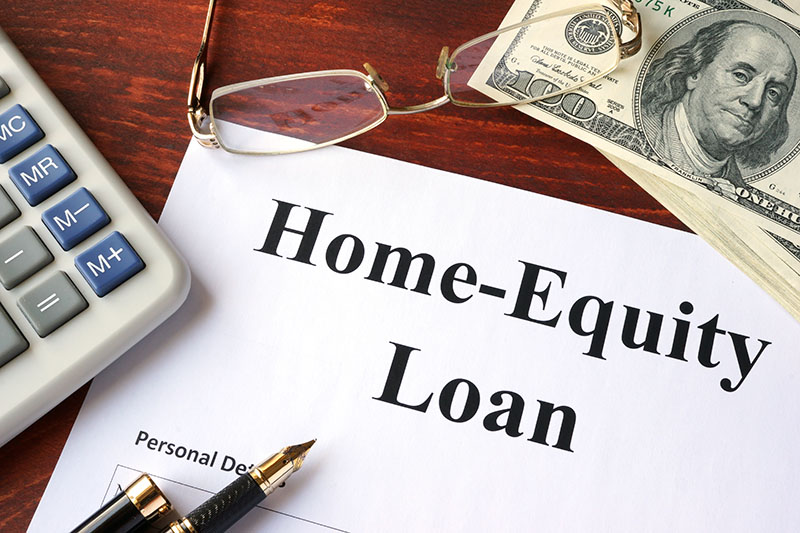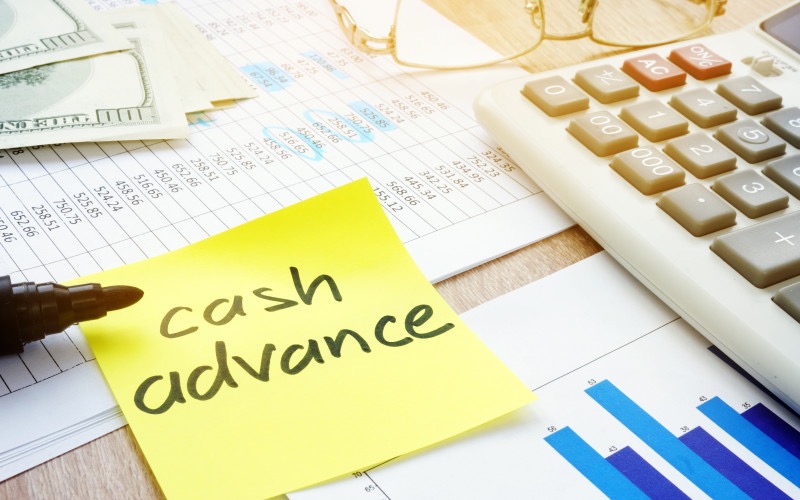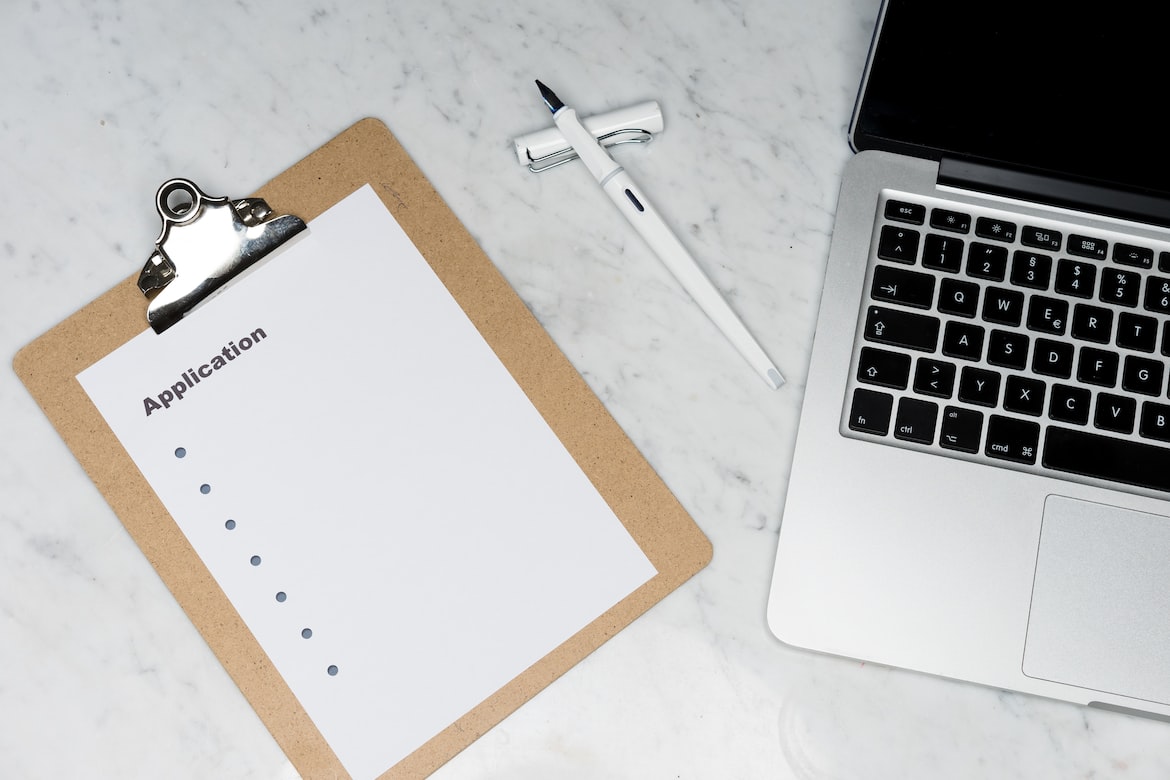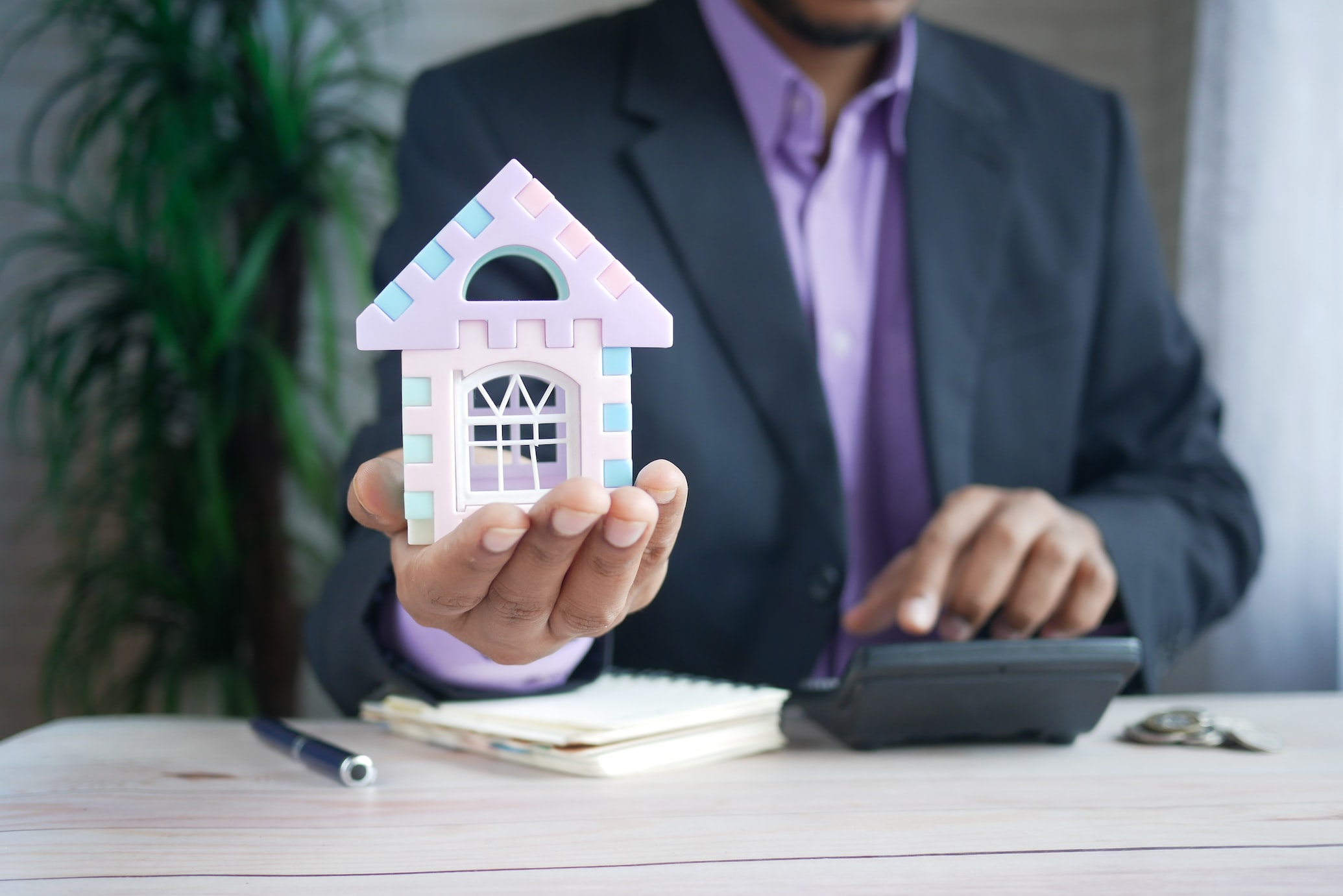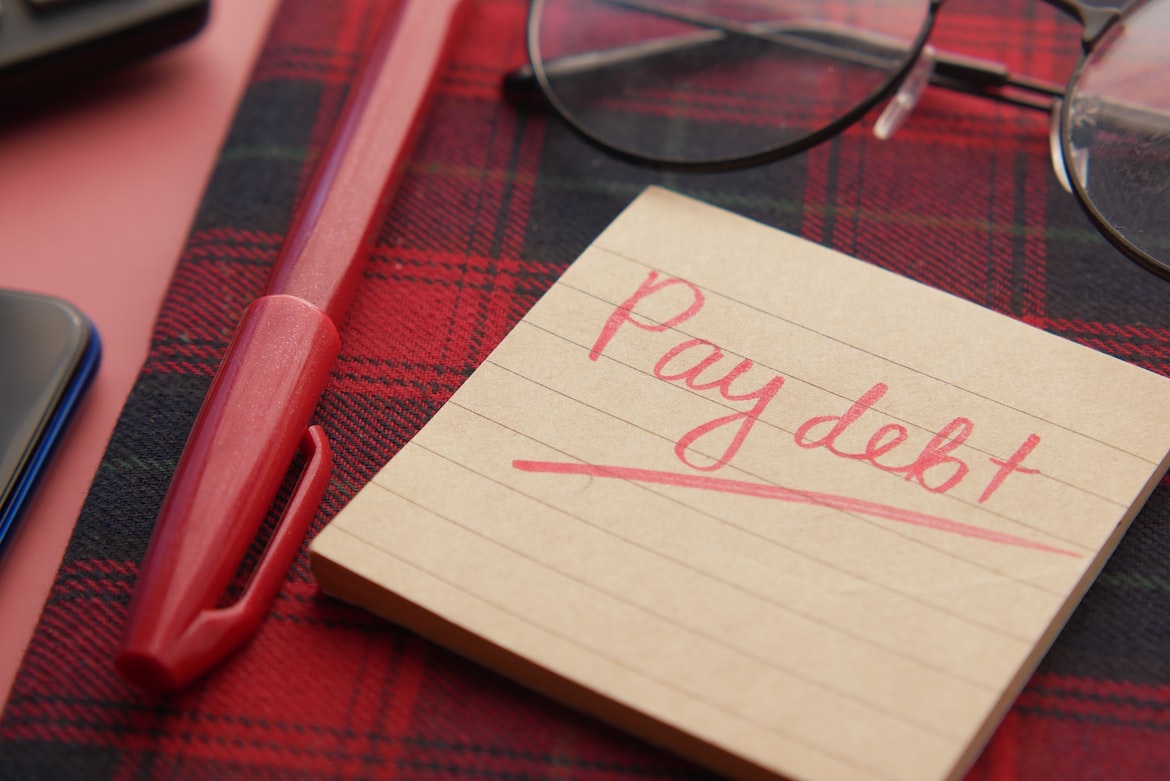Personal Loans for Green Improvements: Funding Eco-Friendly Home Upgrades
Key Takeaways
- Green home improvements = more energy efficient and sustainable
- Personal loans provide lump sums you can flexibly use for home upgrades
- Good budgeting and planning = comfortable loan repayment

Lower carbon footprint, less maintenance, cheaper utility bills… Green home improvements are excellent all around for durability, sustainability, and resource efficiency. But the expensive upfront costs can scare homeowners off. How should you fund an eco-friendly home upgrade?
Personal loans are a flexible way to finance home renovation projects. Let’s go over the pros and cons of using a personal loan for green home improvements, such as its cost of borrowing and ability to raise your property value.
Understanding Green Home Improvements
So, what counts as green home improvements? Any upgrade that reduces the environmental impact or improves energy efficiency can be a green home improvement. Government incentives and rebates encourage people to make green home modifications.
Here are common eco-friendly home improvements, their long-term benefits, and potential savings.
Solar panels
The federal solar tax credit is a helpful clean energy credit that lets you recoup up to 30% of the solar panel cost. Installing a solar power system can also significantly reduce your electricity bills in the long run.
Energy-efficient windows
If you update or replace your windows with energy-efficient windows, you can take advantage of a tax credit. Homeowners can claim up to 30% of the cost of qualifying windows. This can help you save up to $600 on window replacements.
Cool roofs
Dark roofs absorb more heat. This means that your A/C systems will have to work harder to cool down your home, especially in hot weather and climates.
A light-colored roof is a simple way to make your home more energy efficient. A cool roof is an eco-friendly roof.
Drip irrigation
You can install a drip irrigation system to direct water efficiently to the roots of your plants. Irrigation systems may be more efficient than sprinklers that spray water in the air where it can evaporate quickly.
ENERGY STAR appliances
Home appliances can be ENERGY STAR certified. This means that the appliance meets the strict energy efficiency guidelines set by the American Environmental Protection Agency. Popular ENERGY STAR certified home improvements include qualified:
- Refrigerators: 15% more efficient than minimum standard
- TVs: Consume fewer watts
- Lightbulbs: Use two-thirds less energy than standard bulbs
- Furnaces: 15% more efficient than minimum standard
- Laundry washers: 20% less energy and 30% less water

Assessing Your Home's Green Upgrade Needs
Before you make any home upgrade or apply for a loan, assess your situation first. What are the best eco-friendly home upgrades you can make? A home energy audit is a good way to identify potential areas for improvement and renovation.
How to conduct a home energy audit
Professional energy assessors can perform energy audits for your home. They are certified by industry-recognized credentials and may be recommended through your local government energy office. The auditor will visit your house, analyze its features, and assess your household energy consumption.
You can also perform a home energy audit by yourself. Make sure to take the time to research how.
An energy audit process typically involves looking at:
- Water and electricity usage
- Efficient tech you use to improve home performance (e.g. home ventilation, solar tech)
- Summer vs winter thermostat usage
- Household size
- What rooms are in use
What green upgrades to prioritize
Compare cost effectiveness: Certain eco-friendly home upgrades have higher average ROI. These tend to be low-cost, high usefulness options, such as smart thermostats, insulation upgrades, and energy efficient windows.
Assess urgency: Of course, homeowners should address problem areas first. If your insulation is prone to mold or your windows are broken, obviously you should focus on replacing them with green upgrades first.
Real-life examples of green upgrades
Let’s take a look at a case study of a suburban home in Virginia. A family of 4 is frustrated with poor wall insulation, dated appliances, and high heating bills in winter. Not to mention their drafty windows, made worse by the winds and thunderstorms in their area.
The family gets a professional energy auditor to assess their home. After taking a look at all the factors, the expert recommends a set of upgrades, including: energy efficient windows, ENERGY STAR certified washer and dryer, a smart thermostat, and better home insulation.
The family is alarmed by how many upgrades are necessary. The auditor suggests they focus on the most efficient change for them–swapping their windows and installing more modern laundry appliances.
The family takes out a personal loan of $5000 to pay for the quote of $3000 windows and $1,500 ENERGY STAR certified washing machine and dryer. The extra money is put into savings for any unexpected costs that might arise.
After making the changes, the family is impressed by the hundreds of dollars they save in the first year. Plus, the laundry machine upgrades have made laundry day quieter and less stressful.
Financing Options for Green Home Upgrades
Many different loan types exist to fund home improvements. Let’s go over the best financing options for green home upgrades.
Personal loan
An unsecured personal loan is accessible and fast. The lump sum can be used for practically any purpose, including green home renovations. Some personal loans can be obtained on the same day you apply, so if you want to get a good limited-time deal on home upgrades, a personal loan could be the best financing option.
Most personal loans are unsecured, which means that they do not require collateral. Lenders will look at your credit history and score, as well as other factors, to assess what loan terms and amounts you qualify for.
Home equity loan
A home equity loan is a secured loan that uses your home equity as collateral.
A home equity line of credit (HELOC) is similar to a home equity loan in that you obtain a revolving credit line secured by your home equity.
If you fail to pay back the secured loan, you may lose your collateral to the lender. That means that home equity loans could be riskier than personal loans.
Government grants and rebates
The advantage of government grants and rebates for funding home upgrades is that they are basically free. There’s no repayment risk, no interest. You can use the grant or rebate for any qualifying eco-friendly home upgrade.
The downside is that grants and rebates tend to have the slowest approval speed. You need to meet the program criteria, and the funds can only be used for specific home improvement purposes. The slow application speed and plentiful restrictions make grants less reliable.
Tax credits, however, are a great way to save money on green upgrades. Check if you qualify for eco-friendly tax credits, like the energy efficient home improvement credit.

Choosing the Right Personal Loan for Eco-Friendly Improvements
While a personal loan is a useful financial tool, it is also a source of debt. Borrowers should compare personal loans for eco-friendly home improvements to obtain the best loan terms.
Here are the main factors to consider when applying for a personal loan for home improvements.
Interest rate
The interest rate determines the cost of borrowing. Personal loan interest rates range from 6% to 36%. Higher interest rates can be challenging to pay back.
Loan tenure
The loan tenure refers to how long you have to pay back the entire loan. With other factors staying the same, a longer loan tenure means smaller monthly payments, but a greater cost of borrowing in the long run.
Fees and penalties
Always read the loan agreement carefully before signing. There may be hidden fees that are tricky to recognize as fees. Here are common costs other than the interest rate associated with loans:
- Origination fee: The fee for applying and obtaining a personal loan
- Prepayment penalty: If you pay back the loan early, you may be penalized
- Late fee: Missing a payment or paying it late can mean you incur late fees
Credit score and credit history
Borrowers can have two credit score types: FICO and VantageScore. They range from 300 to 850, and the higher your credit score, the more creditworthy you are (i.e. able to reliably pay off debt and manage finances).
Your credit history plays a big role in whether a lender will be willing to loan you money. If you have a good credit history, it becomes easier to obtain larger loans.
Lender reputation
The best personal loan providers will offer more competitive rates, fast processing, and more manageable loan terms. Some lenders outline terms that are more suited for home improvement projects.
Application Process for Personal Loans
Let’s go over how to get a personal loan for home improvements.
1. Budget, don’t overborrow
Assess your budget to see how much money you actually need for all your planned green upgrades. Obtain quotes from home improvement companies as needed. Make a budget to see how much of a loan you need to obtain, and how much money you can allocate towards repayment every month.
2. Check/improve your credit score
Personal loan providers use your credit score, credit history, and desired loan purpose to determine your loan terms. You can check your credit scores for free before applying for a loan. You may want to take measures to maintain or improve your credit score for better rates:
- Keep older accounts open for a better credit history
- Make credit payments consistently on time
- Diversify your credit to improve credit mix
Note that when you apply for a loan, lenders can make a hard pull of your credit score–this causes a temporary dip in your credit score. Don’t apply for too many loans in quick succession as it can hurt your credit score for months. It’s better to take out one larger loan for home improvements than numerous small ones.
3. Compare different lenders
Don’t settle for the lowest interest rate you see–it doesn’t mean everything. You want to find the best overall lender for your purpose, which may mean fast processing speeds, low application costs, or larger loan amounts.
You can check out our curated list of best personal loans for green improvements for guidance.
Managing Loan Repayment
A good loan repayment strategy makes the entire home improvement process easier. Here are strategies for effectively managing loan repayments.
1. Budget first
Create a spreadsheet (or use a budgeting app) so you know how much you will use for each type of home upgrade expense. Be as specific as possible.
2. Track expenses and savings
As you spend parts of your personal loan, note down how every dollar is spent. This can help you better gauge how useful the loan is. In addition, you should track your annual savings by comparing utility bills. Jot down maintenance and repair fees as well. This will make it clear how much you are saving thanks to any eco-friendly home upgrades.
3. Prioritize repayments
Most personal loans require borrowers to make monthly installments and pay back the loan within a set period. If you miss a payment, your credit score can take a hit and more interest will accrue.
It’s best to prioritize repayments like a necessity, similar to rent and groceries. Make sure you have enough money to make the monthly payment before you spend savings on non-essentials.
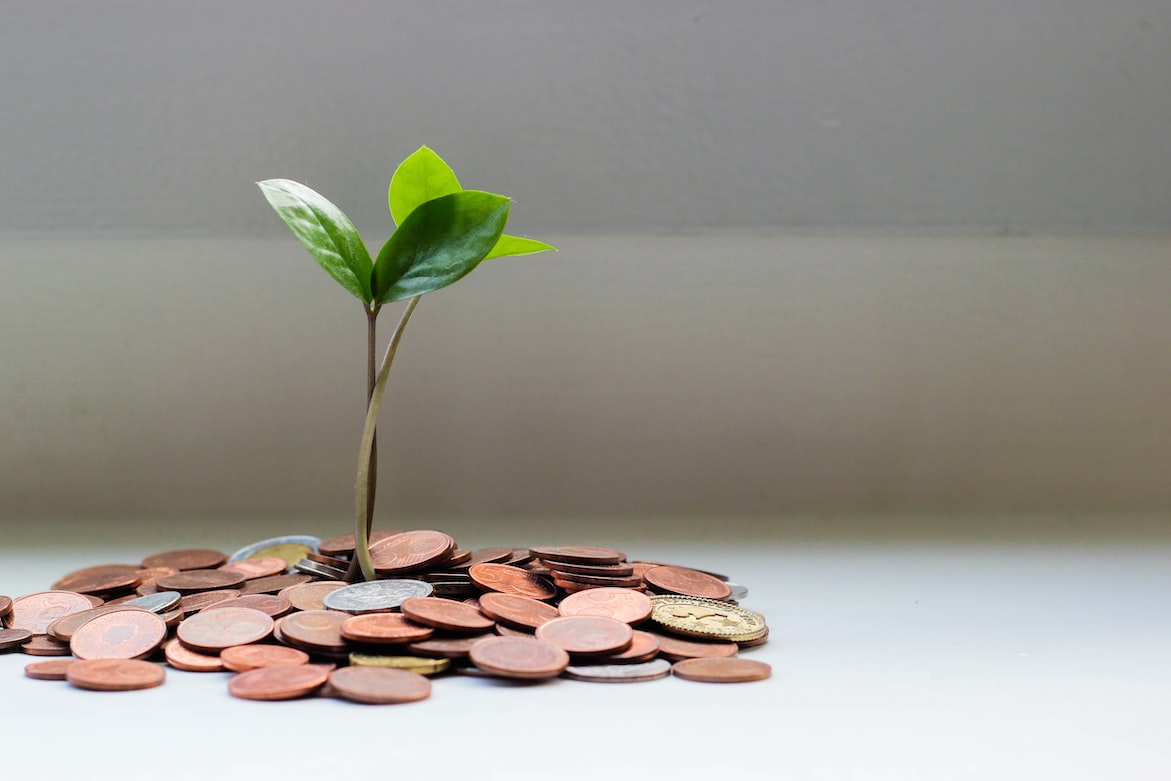
Summary
Homeowners can invest in eco-friendly home upgrades by using a personal loan. The main benefits of a personal loan for green home improvements are:
- Fast funding
- Flexible lump sum
- Good opportunity to build credit
- Save on energy and water bills in the long run
However, borrowers should be aware of the cost of borrowing and potential negative credit impact if they fail to repay the loan. Don’t overborrow and don’t continuously miss payments.
Ready to improve your home today? Check out the best personal loans for eco-friendly home upgrades:



